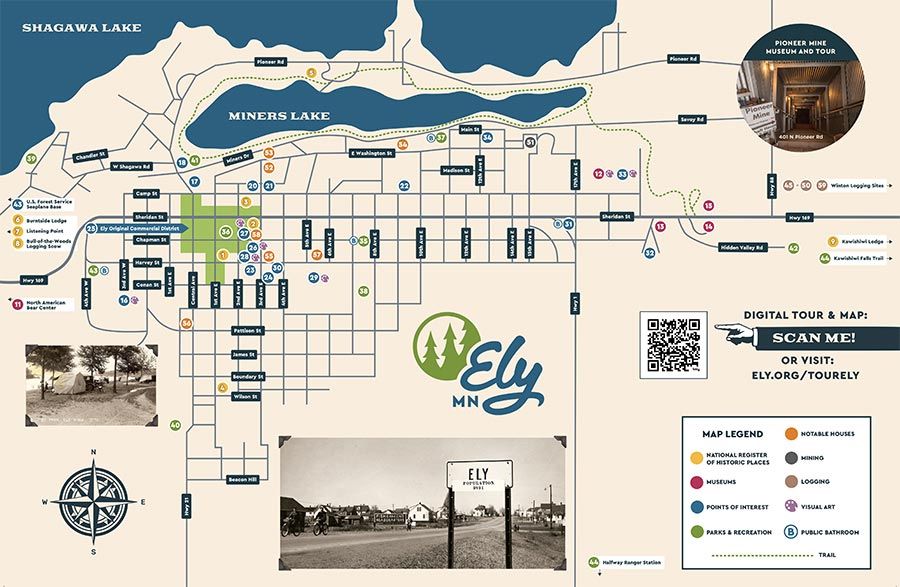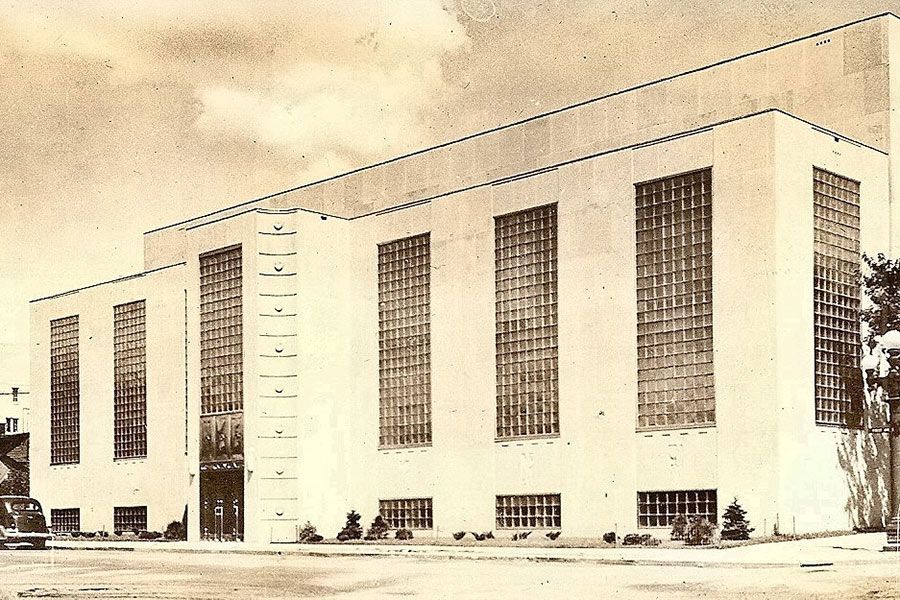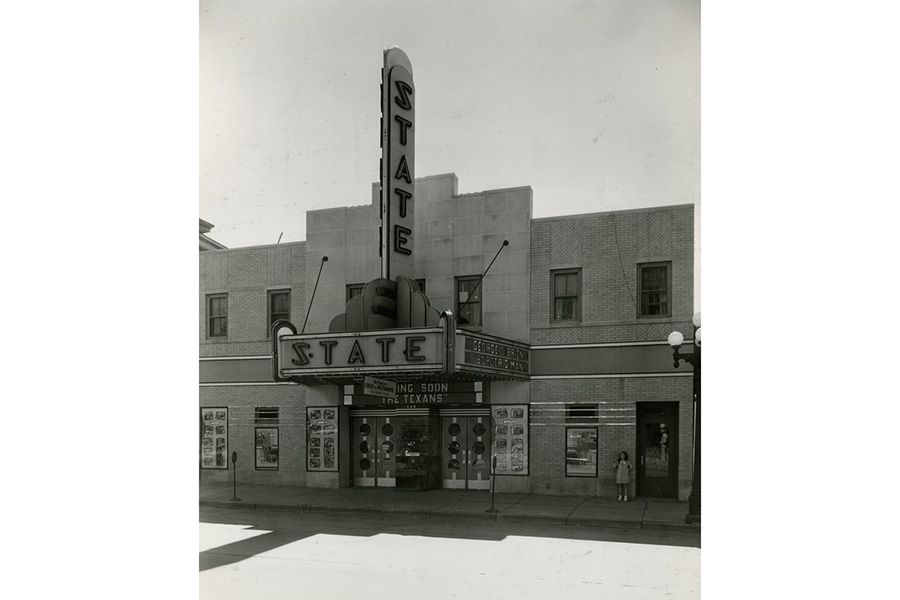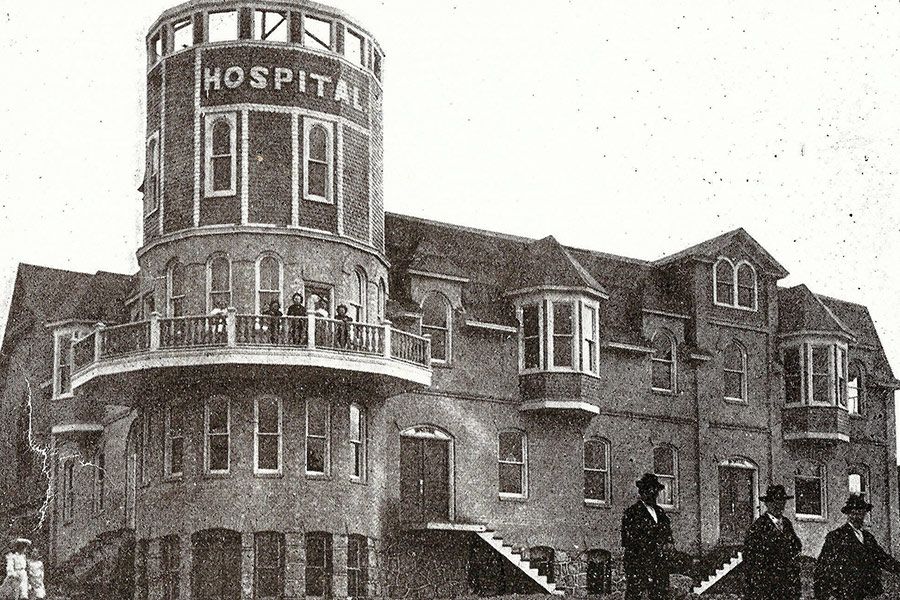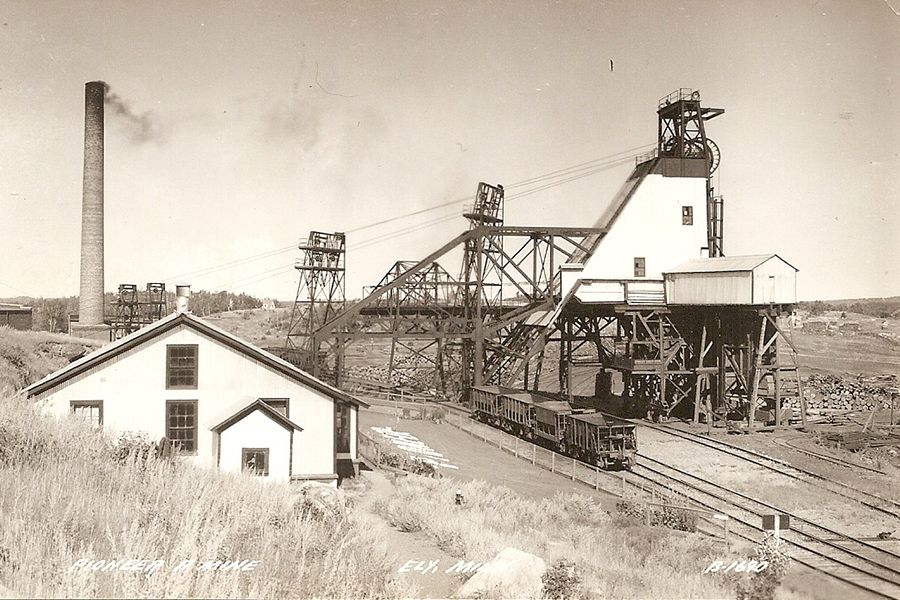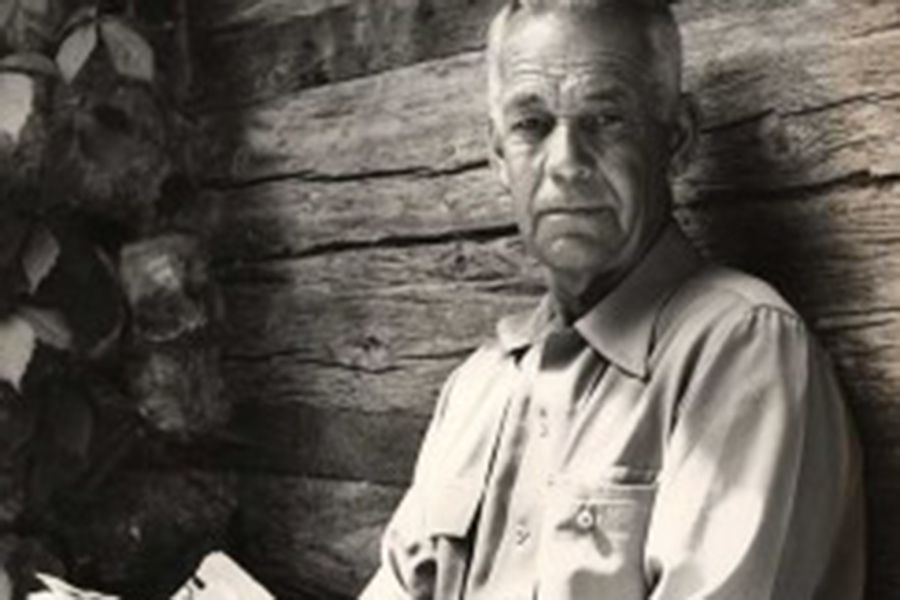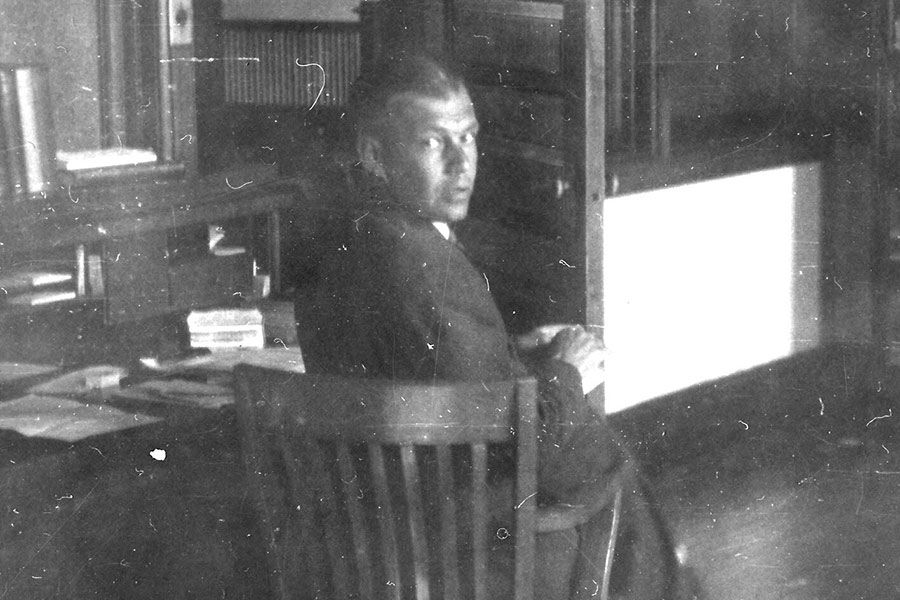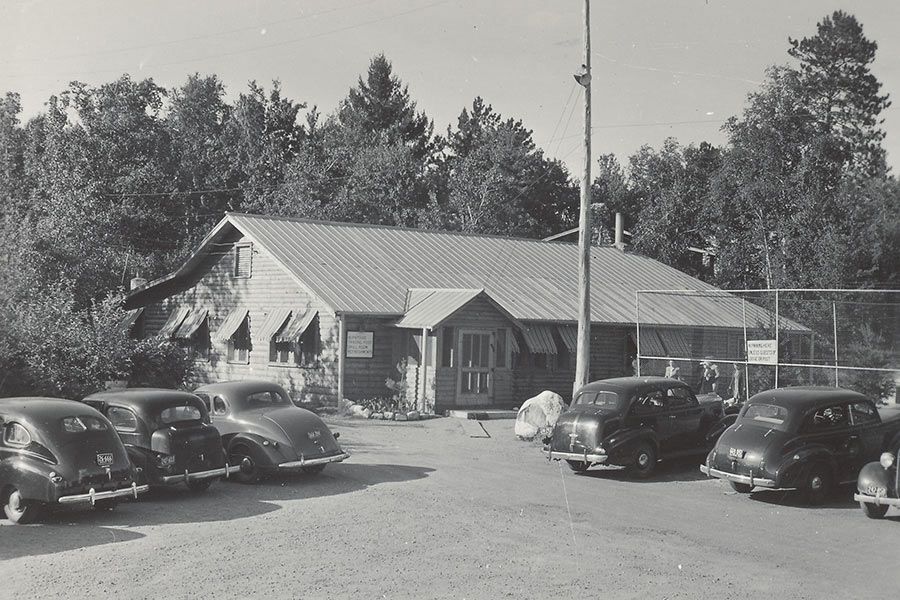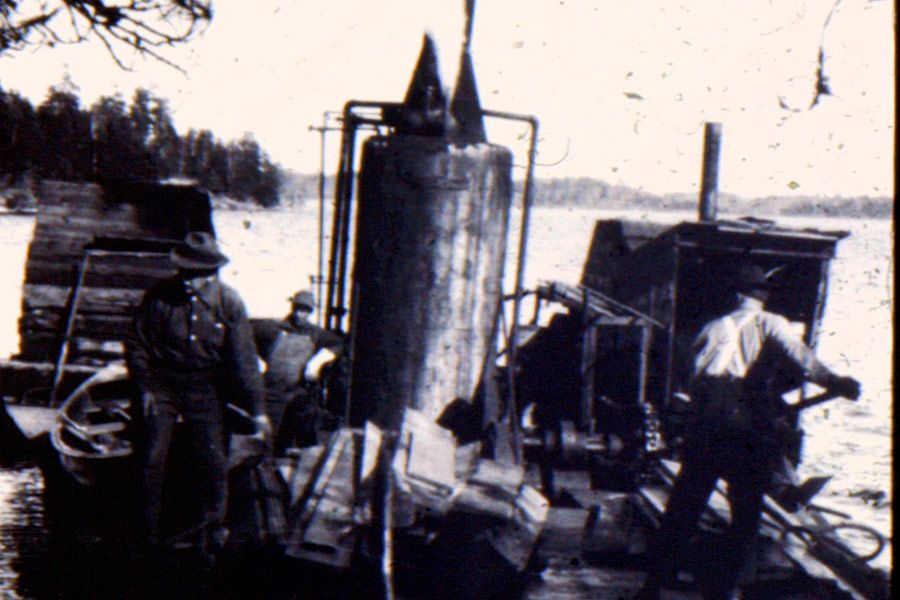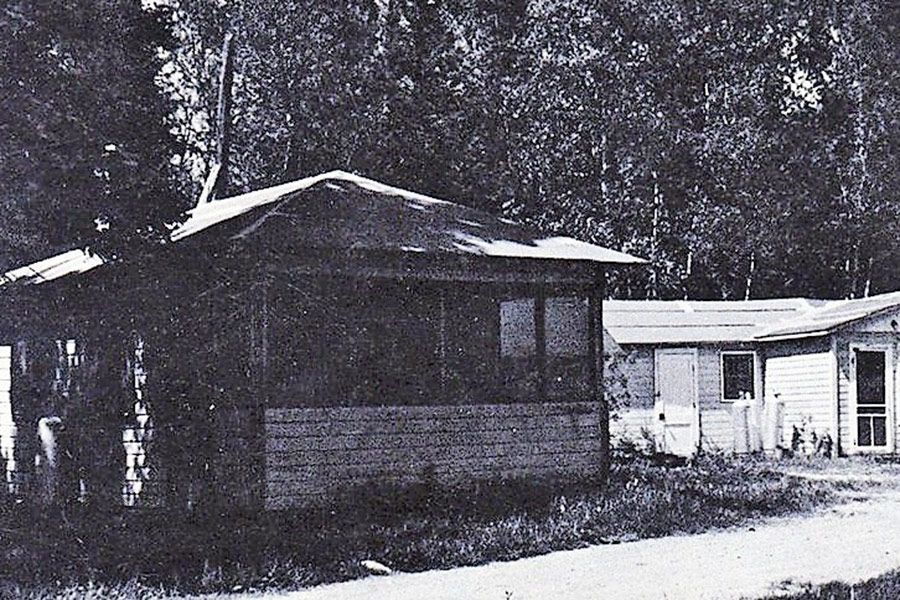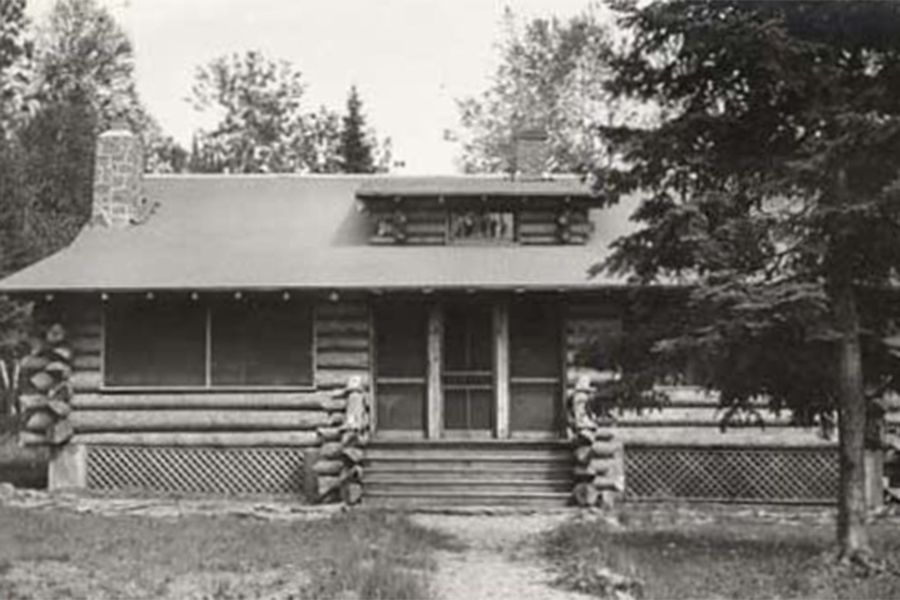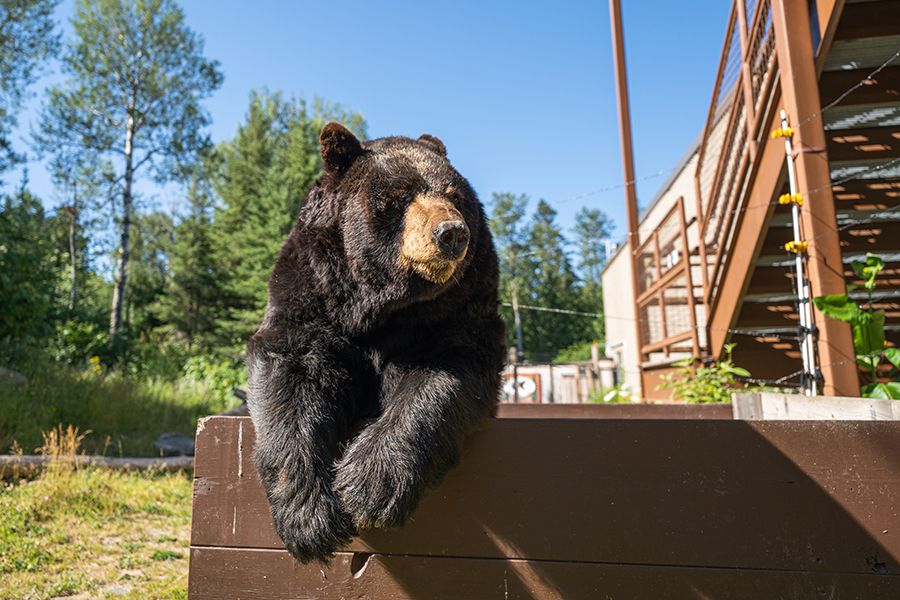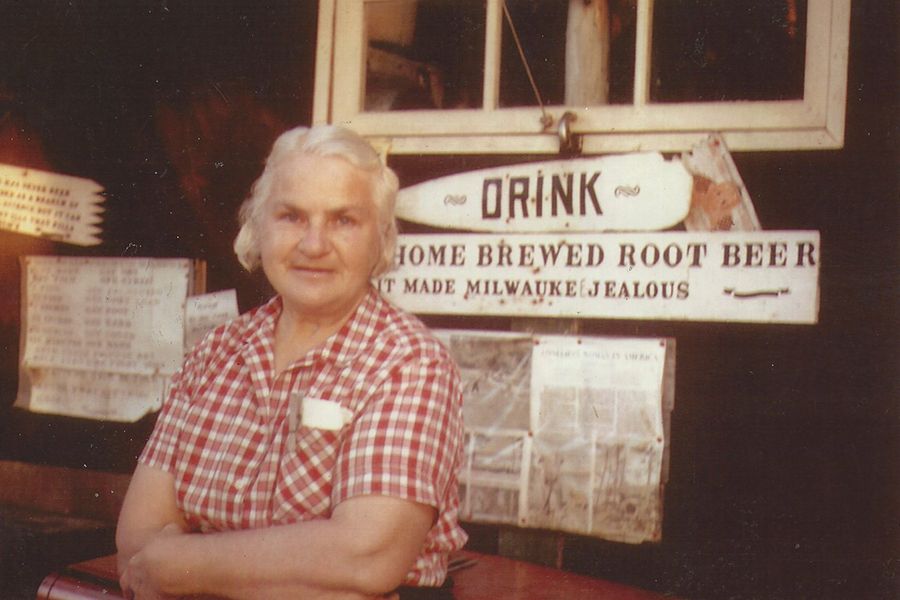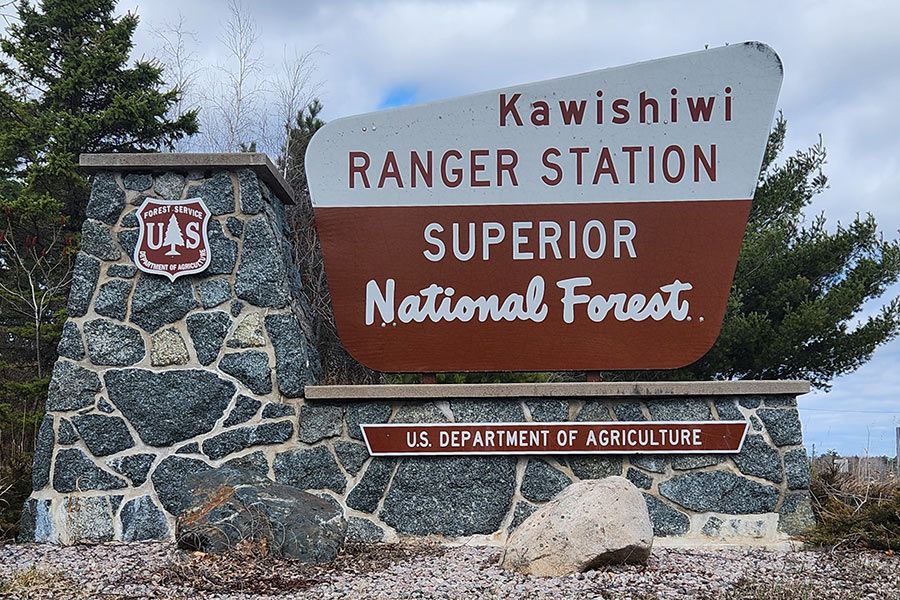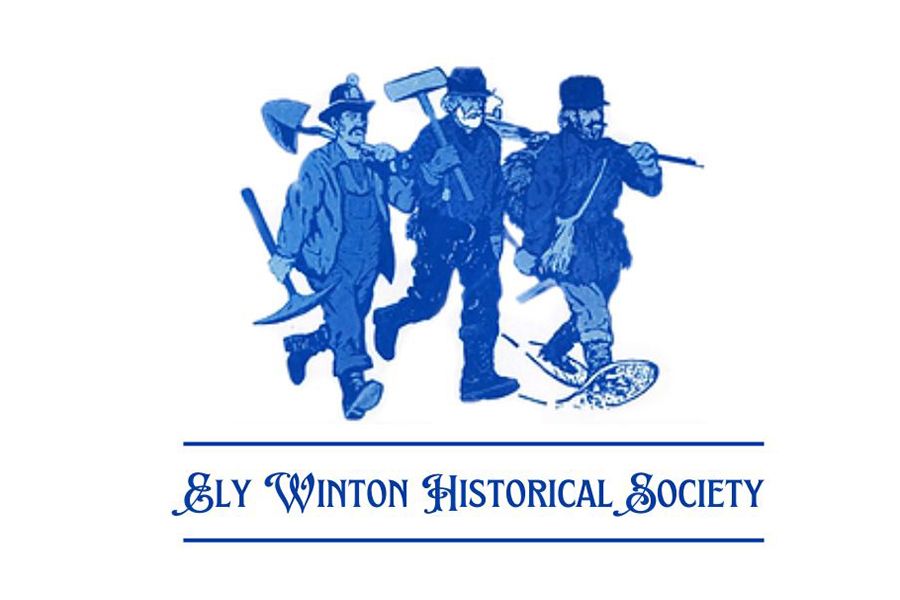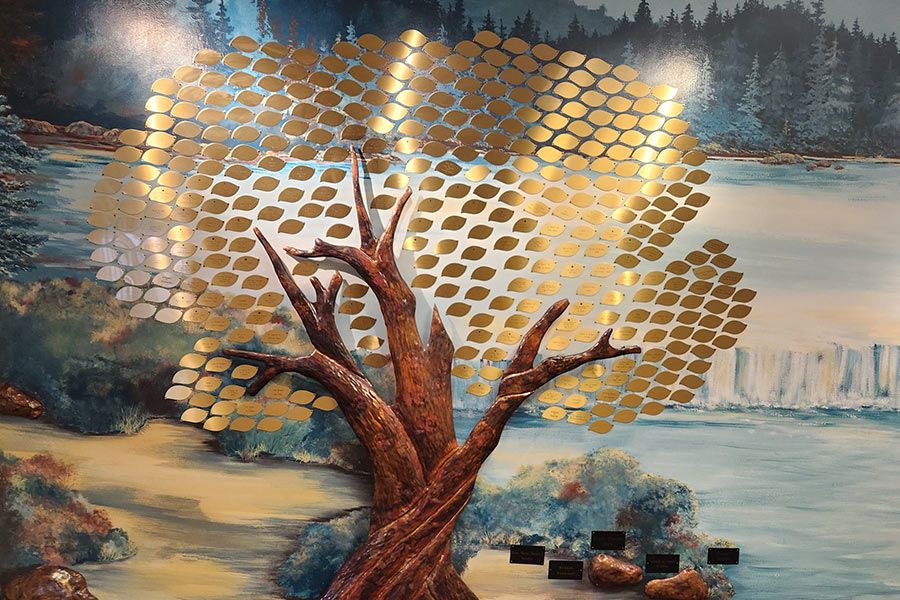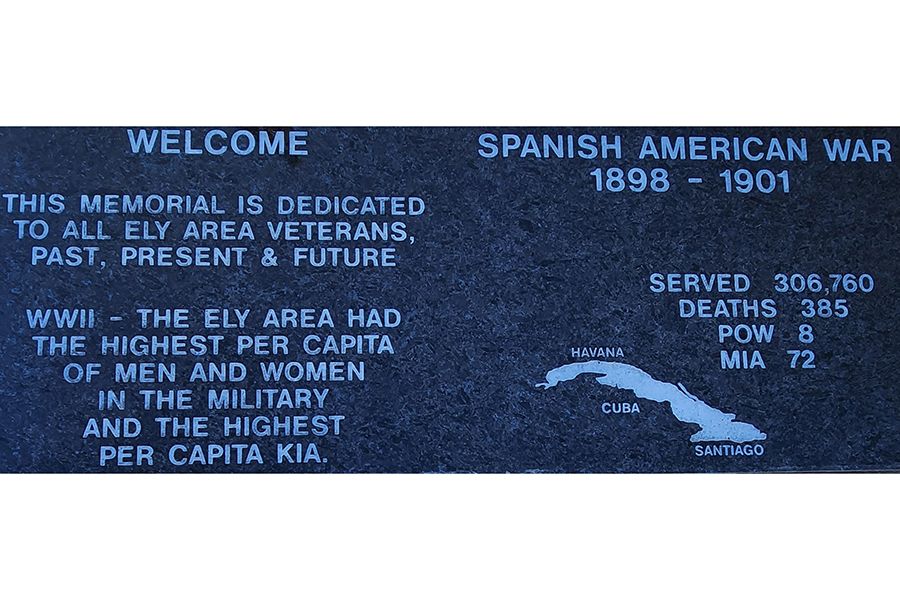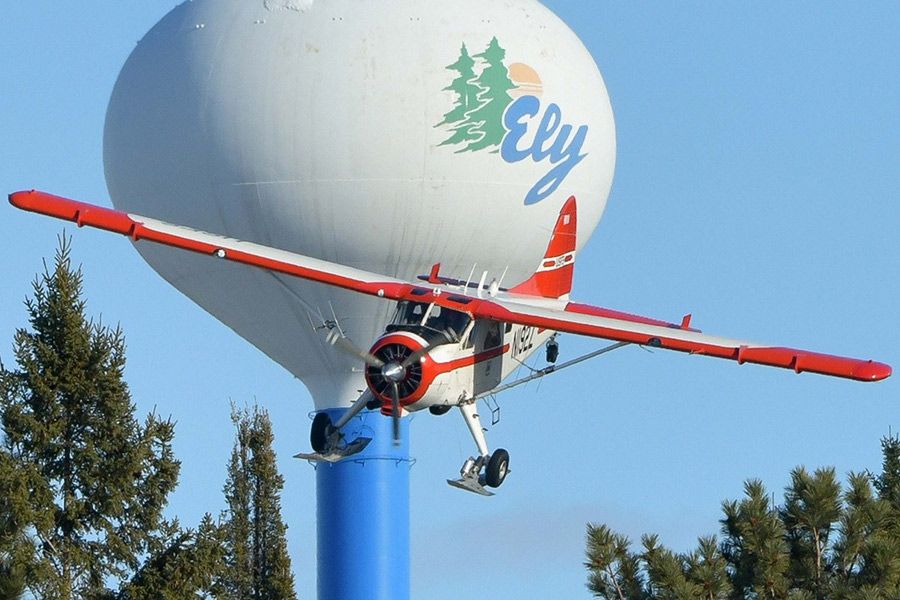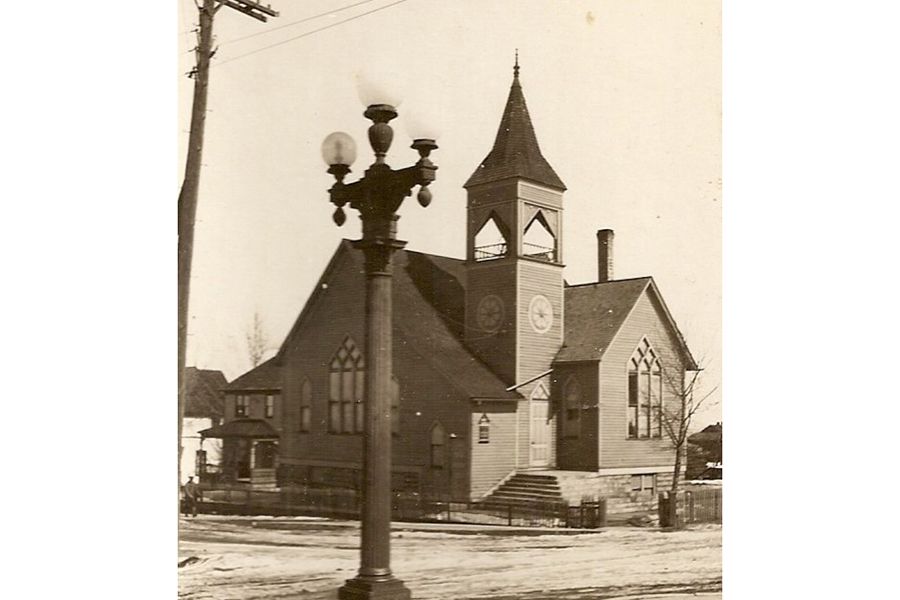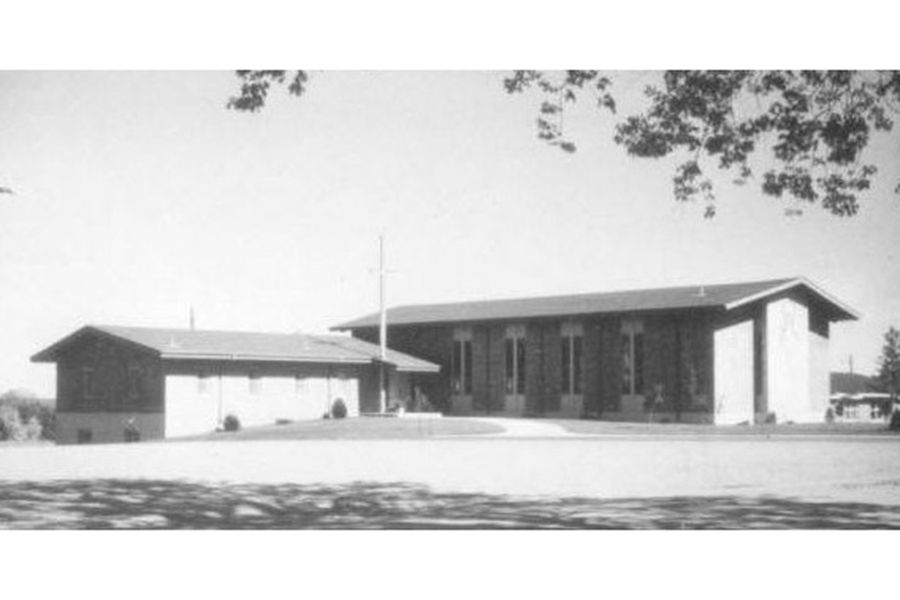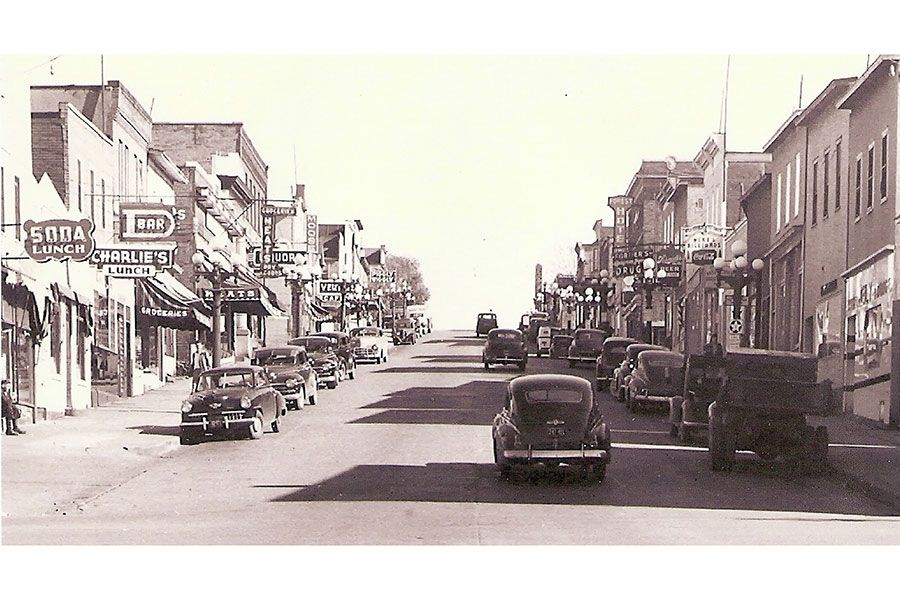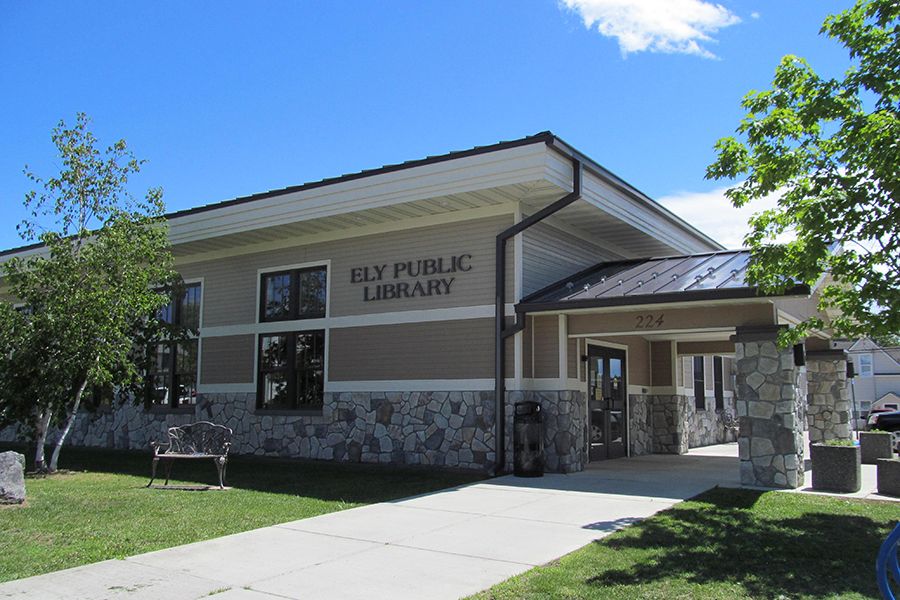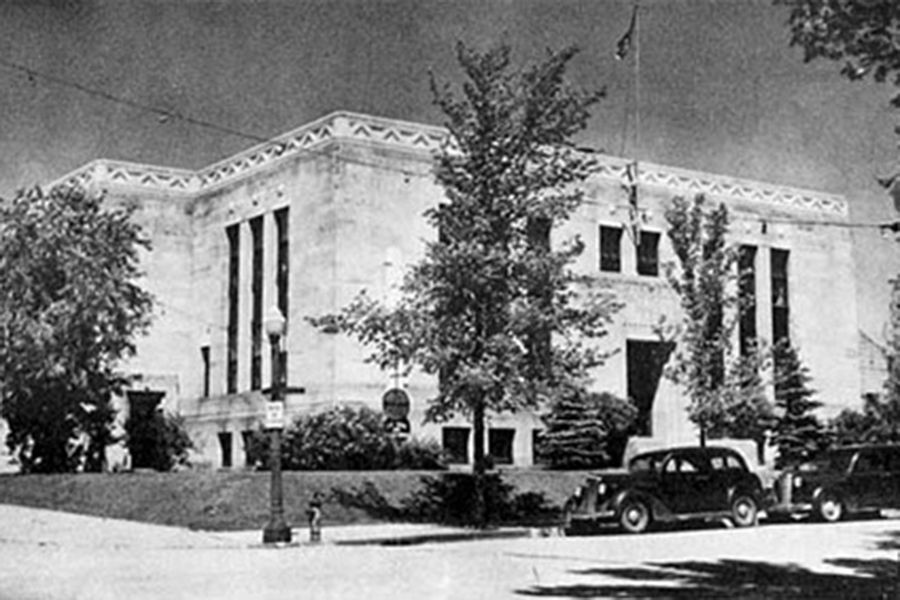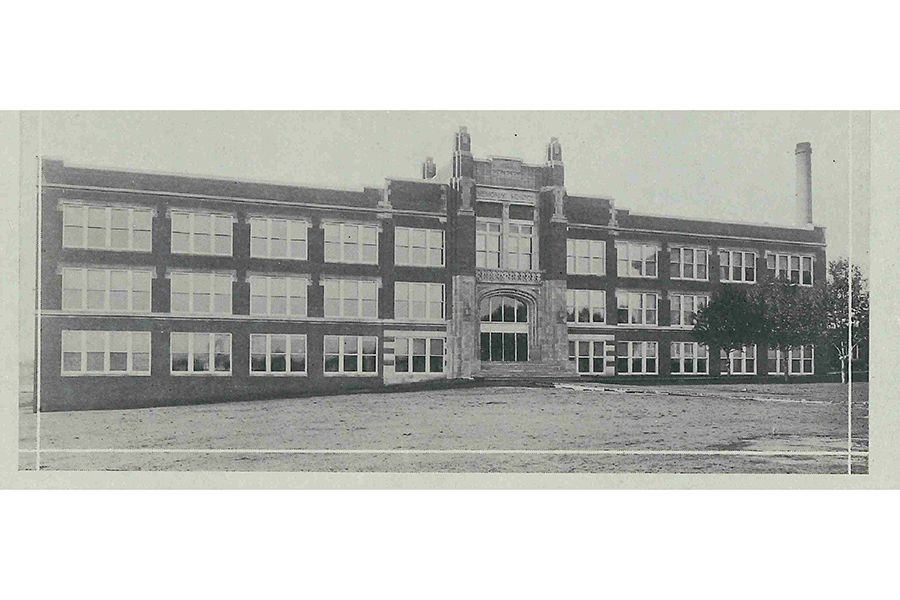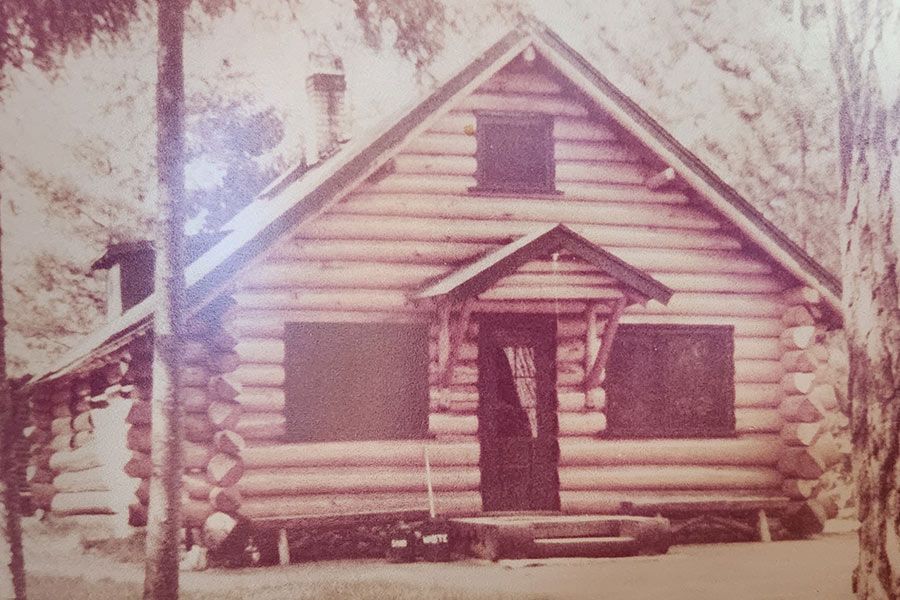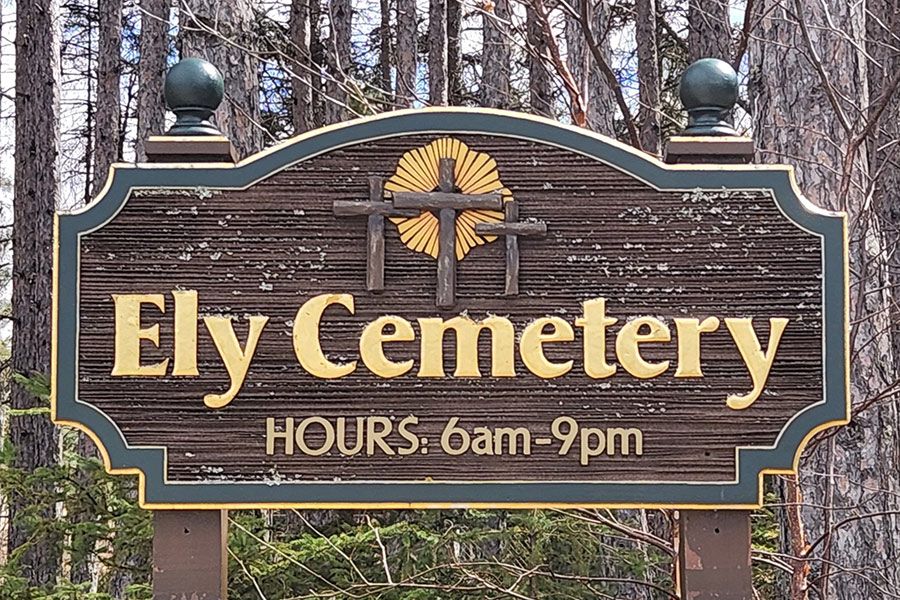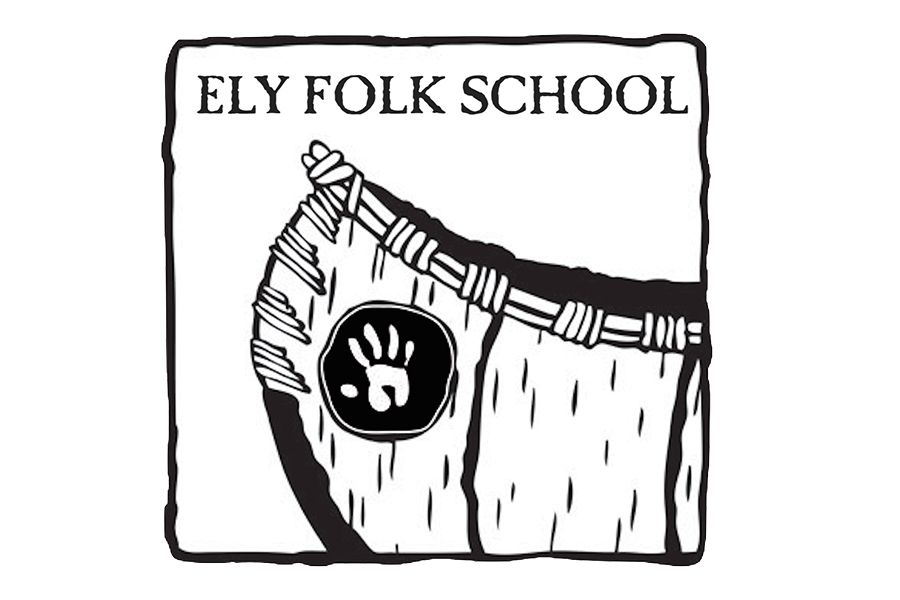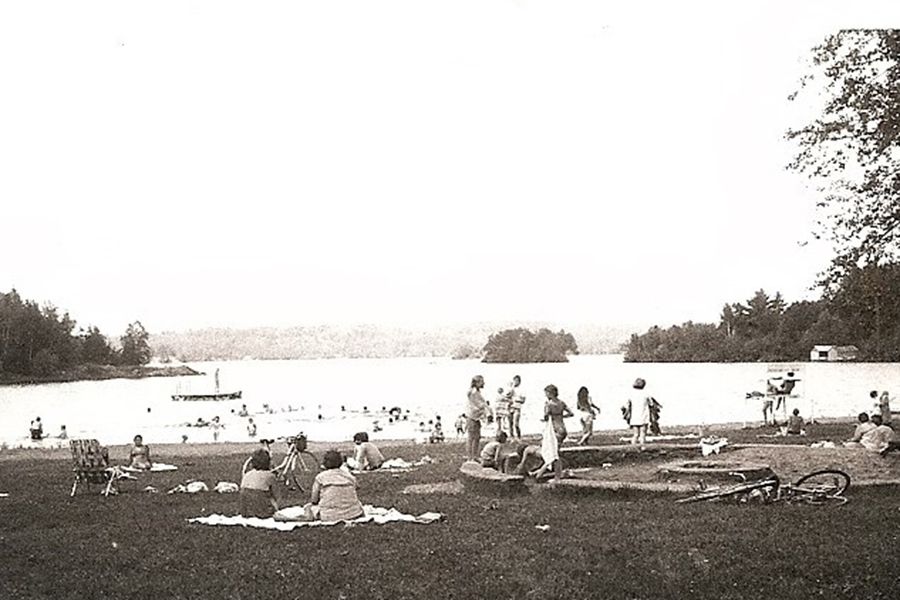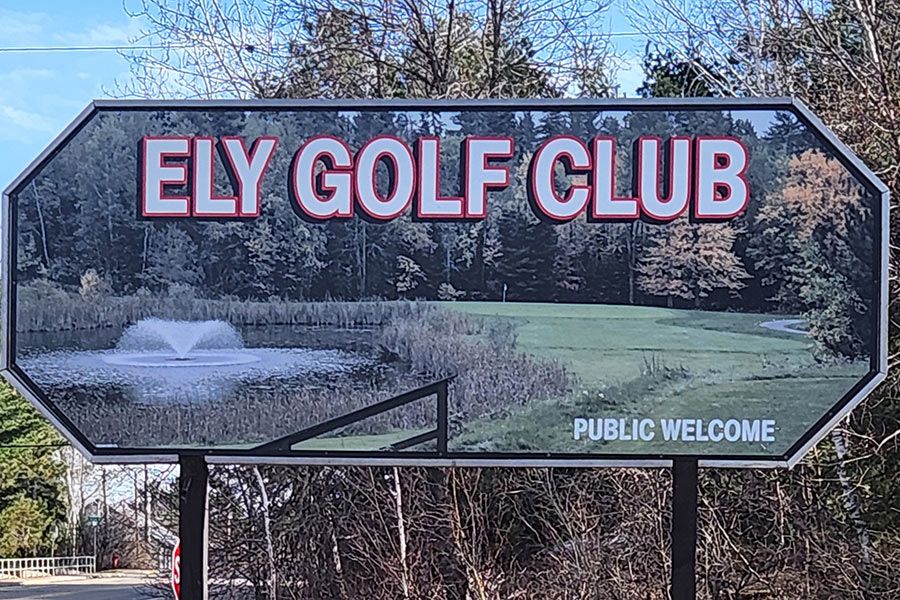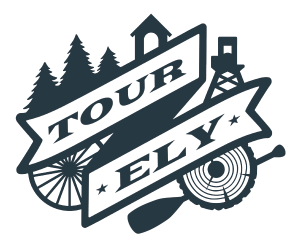
Tour Ely
Come Explore: Walking • Driving • Biking
Ely and Winton welcome all with a sense of adventure to the north woods of Minnesota.
From logging and mining sites, historic places, notable houses, unique museums, and outdoor recreation—there is something here for everyone.
Brochures are available at many local businesses.
-
Note: Use filter below to customize your tour
- All
- Logging
- Mining
- Museums
- National Register of Historic Places
- Notable Houses
- Parks and Recreation
- Points of Interest
- Visual Art
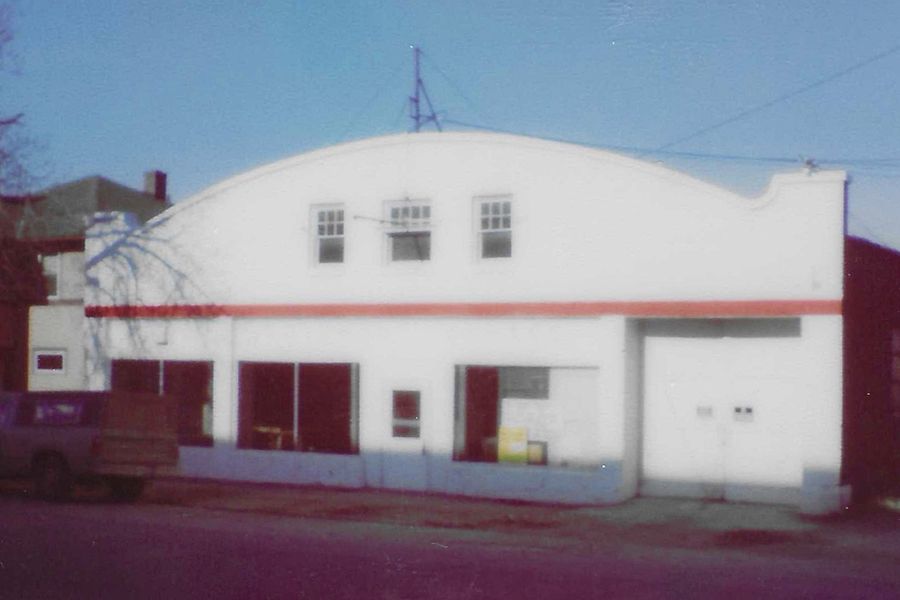
17. Ely Community Center (formerly Senior Center)
Once known as the Senior Center, the name changed to Ely Community Center in 2025 when services where expanded. A welcoming space, the Community Center offers social, civic, and recreation activities with an emphasis on meeting the needs of area senior citizens. The center is in the former Rothman Garage.
Photo courtesy of Ely Senior Center
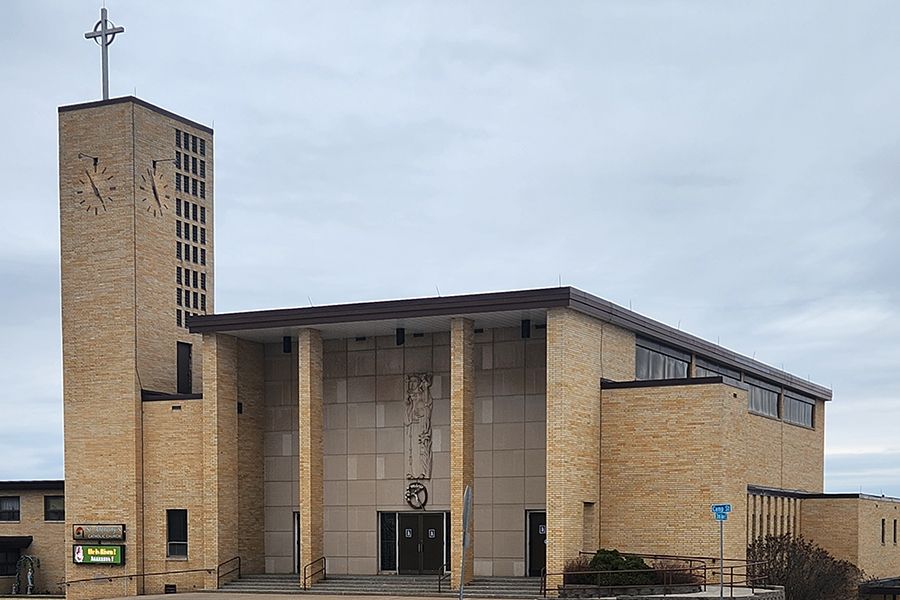
20. St. Anthony Catholic Church
The current St Anthony Catholic Church was built in 1958. Father Mihelcic, known as Father Mike, led the fundraising for this building by raising money, little by little, over a period of years. Remarkedly, Father Mike had all the money in hand before the project even started! The Catholic congregation was formed in about 1890.
Photo courtesy of Ely-Winton Historical Society
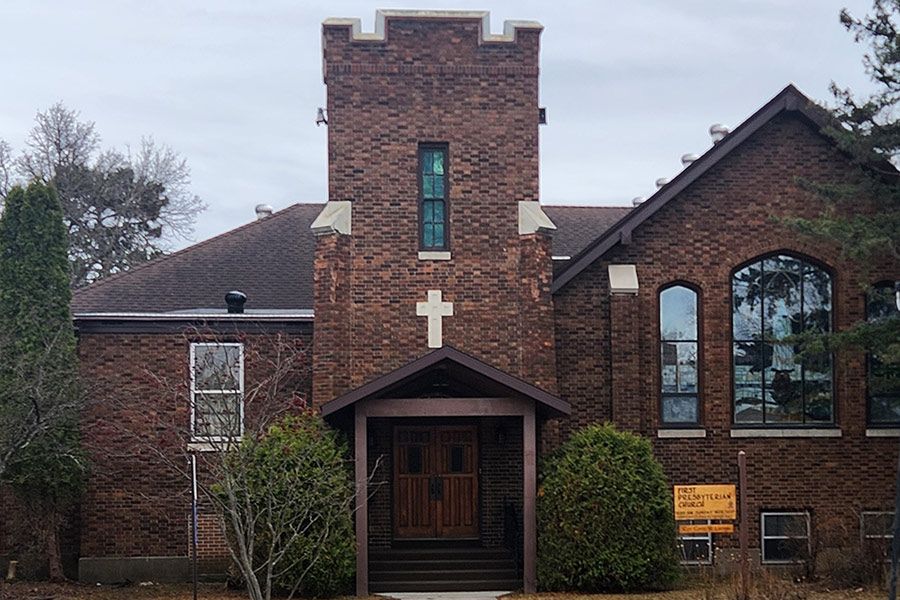
23. Ely Presbyterian Church
This site has been home to Ely Presbyterian Church since 1890 when a wooden church was built here. In 1924, the wooden structure was moved, replaced by the brown brick building. A team of engineers from the Oliver Minning Company designed the brick building.
According to information from the Ely-Winton Historical Society, the wooden building was almost destroyed by a forest fire in 1895 but a fortunate shift in the wind saved the building and the town. The wooden building was relocated to the corner of James St and S 4th Ave E and converted to residential use.
Photo and materials courtesy of Ely-Winton Historical Society
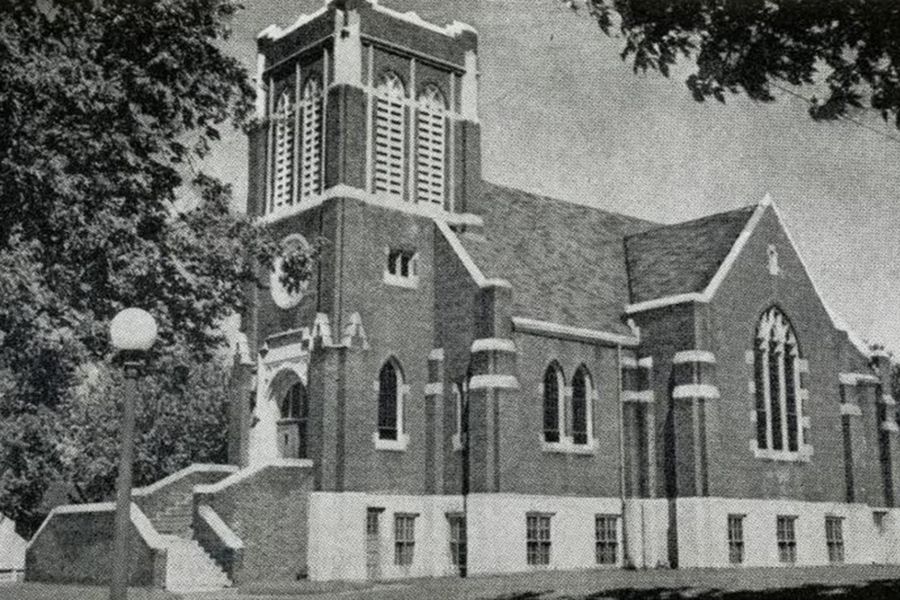
24. Grace Lutheran Church
Grace Lutheran Church was formed from the merger in 1963 of the Bethany Church and the Suomi Synod Church. The two congregations originated in 1902 with Bethany using the Swedish language and Suomi Synod using the Finnish language. The Grace Lutheran Church building was originally the Suomi Synod Church.
Photo courtesy of Ely-Winton Historical Society
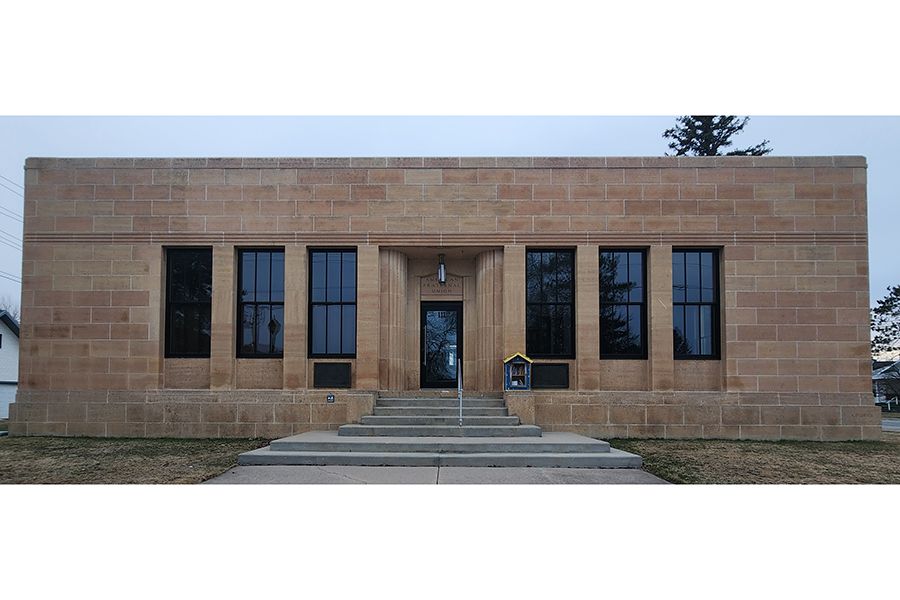
30. American Fraternal Union Building
In 1933, the South Slavonic Catholic Union built its home office on the corner of 4th Ave E and Harvey St. A handsome building of tan colored stone, it was designed in the Public Works Administration (PWA) Moderne style. The South Slavonic Catholic Union was founded in 1898 to offer sick, injury, and death benefits for miners. The name of the benefit group was later changed to the American Fraternal Union.
The Ely office closed in 2011 when the local group merged with Catholic United Financial. A developer has since purchased the building, completed restoration, and leases out the space.
Photo courtesy of Ely-Winton Historical Society

33. MN North College - Vermilion Campus
MN North College – Vermilion Campus is a two-year community college which is part of the State college system. Prior to the State college system, Ely operate its own community college. Established in 1922, Ely Community College provided students with access to an affordable post-secondary education.
Visual Art at MN North College - Vermilion Campus: Carl Gawboy 1960 mural of woodland scene recreated via photography.
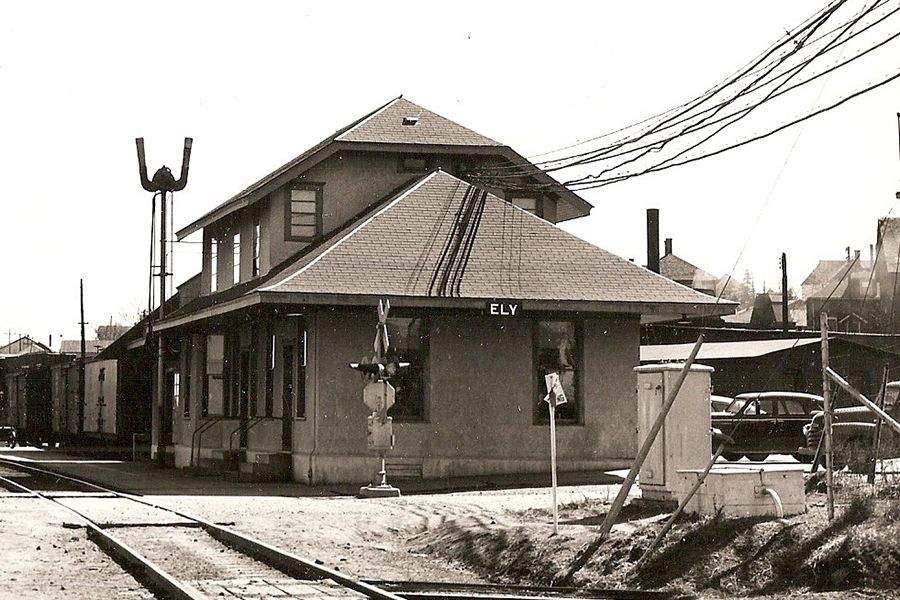
35. Ely Train Depot
Rail service was the heart of life in Ely. When tracks were laid from Tower to Ely in 1888, it created a way to get the ore to the shipping ports on Lake Superior and a way for supplies and people to get to Ely. The last ore train left Ely in 1967 when the Pioneer Mine closed and in 1981 passenger train ended. Ely was served by the Duluth & Iron Range Railway. The Ely Depot remains and the building is being repurposed.
Photo courtesy of Ely-Winton Historical Society
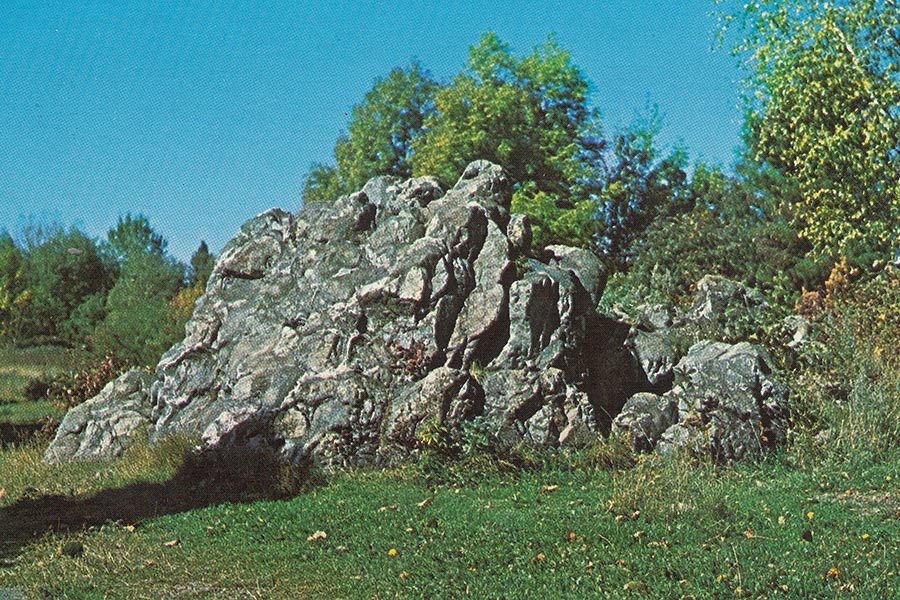
36. Ely Greenstone/Pillow Rock
Ely Greenstone is an ancient volcanic rock that is about 2.7 billion years old and is found around the Ely area. Pillow Rock is made of Ely Greenstone. The pillow shape on Pillow Rock resulted when hot lava flowed into water. The greenish color of Pillow Rock comes from the minerals chlorite and epidote. Pillow Rock is considered a unique example of Ely Greenstone.
Photo courtesy of Ely-Winton Historical Society

37. Whiteside Park
Whiteside Park has been the community gathering spot for 100 years. Covering two city blocks, the area allows for casual use or as a place to host festivals and major events. The park has a playground, bandshell, pavilion, picnic tables, and bathrooms. Robert B. Whiteside donated the property to the city in 1915.
Visual Art at Whiteside Park: Bill Mason – Canoeing Legend by sculptor Ron Bayens and The Voyageurs by sculptor Vic Payne.
Photo courtesy of Ely Echo
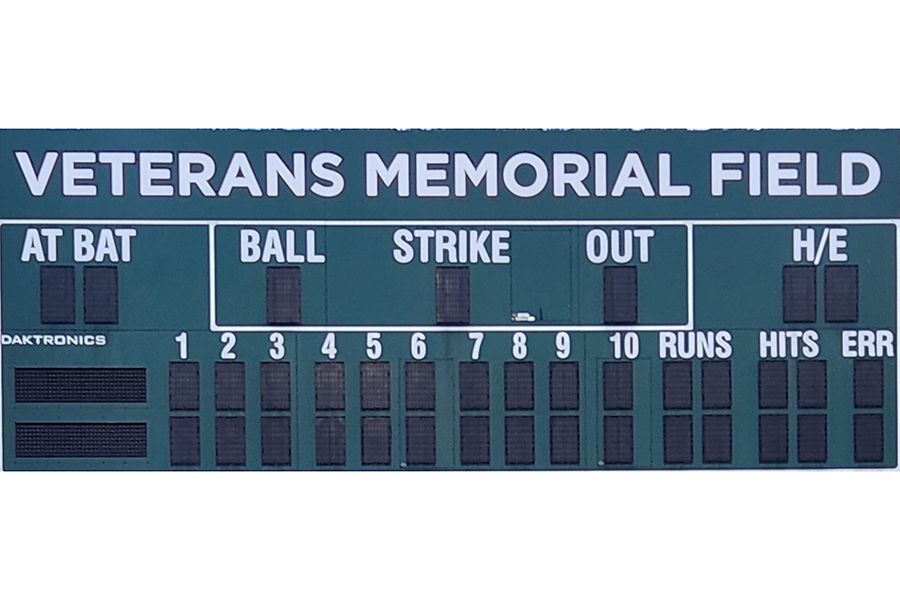
38. Veterans Memorial Field
Play ball! For over a century, this phrase has welcomed ballplayers and fans alike to a favorite summer pastime. In the early 1900s, Ely and Winton recruited the most athletic men as players for the town teams. Today, fondness for playing ball continues but with an emphasis on youth programs. Veterans Memorial Field is where American Legion, VFW, high school, and community college baseball is played. Veterans Memorial Field is named in honor of those who have served in the military. Nearby are the softball and Little League fields.
Photo courtesy of Ely-Winton Historical Society
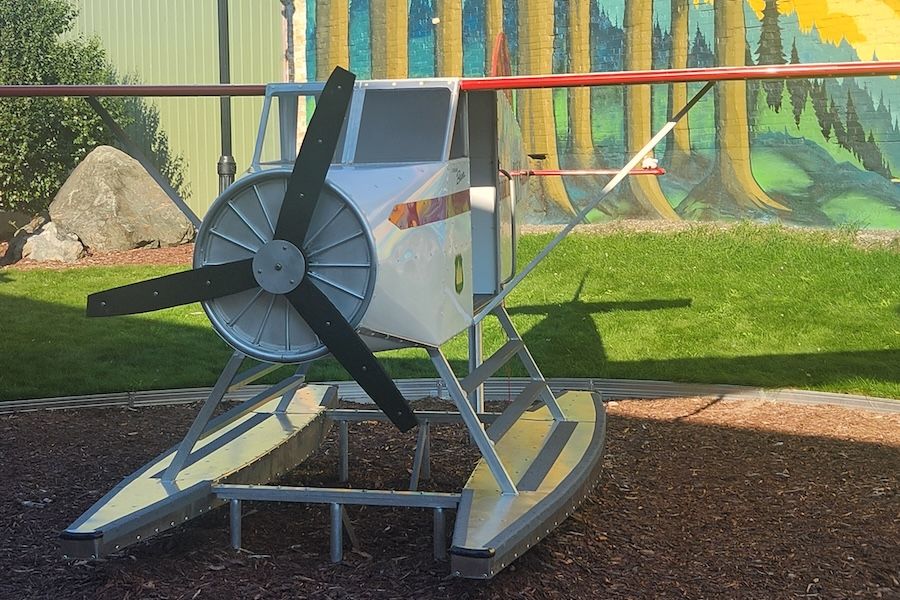
39. Puddlejumper Park
Take time to relax during a visit to the shops on Chapman St. Puddlejumper Park offers
seating and tables and children are welcome to climb aboard the model seaplane!
Photo courtesy of Ely-Winton Historical Society
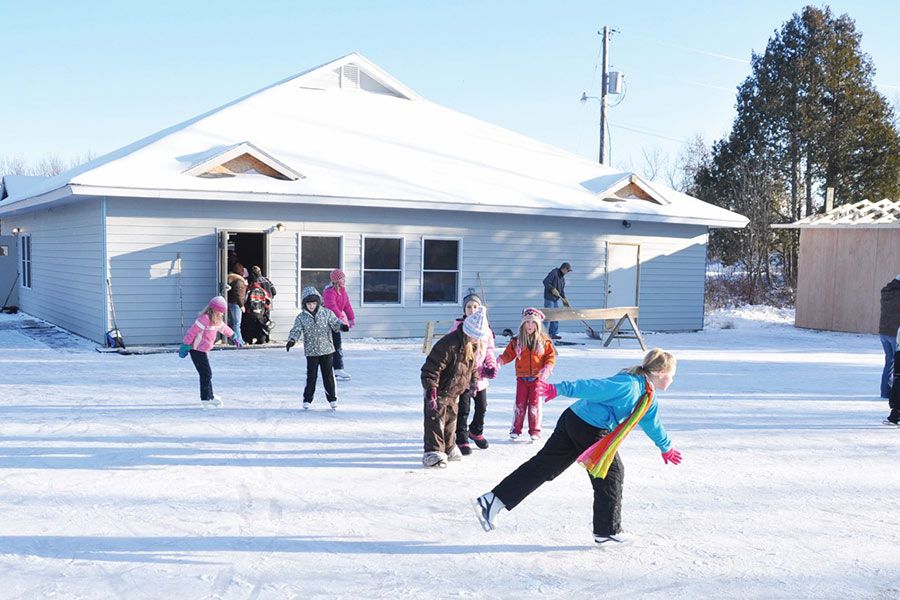
40. Ely Recreation Center
Ely Recreation Center opened in 2009. The Center offers a community room, outdoor ice rink, skate board park, basketball court, and a connection to the Trezona Trail.
Photo courtesy of Ely Echo
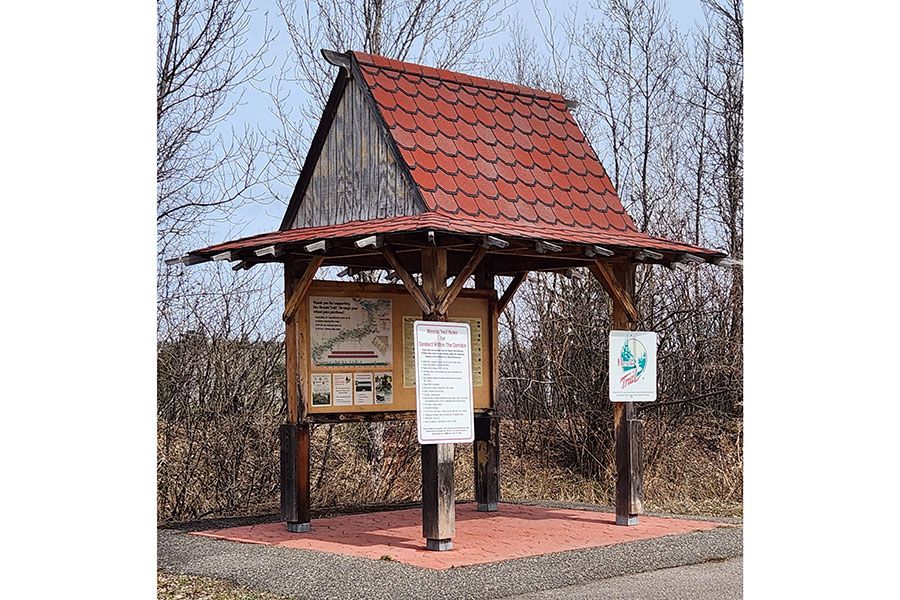
43. Trezona Trail & Mine Markers
Trezona Trail is a 3.5 miles long paved path that goes around Miners Lake. Miners Lake was formed when the pumps used to keep water out of the mines were shut off. The water continued to rise to the current level and the lake is now a stocked trout lake.
The trail was completed in 1995 as a joint effort of City of Ely and Iron Range Resources and Rehabilitation Board (IRRRB). The trail is popular for both walking, running, and biking. There is a public landing on the north side. Mesabi Trail has a kiosk and trail access on the southwest corner of Trezona Trail. The trail was named for Charles Trezona, mining official and mayor of Ely.
Going east from the kiosk, the trail offers interpretive signage featuring Library Story Stroll and Mine Markers #43A through #43E. The Mine Markers tell the history of the five Ely mines that operated from 1888-1967. The mines were Chandler, Pioneer, Zenith, Sibley, and Savoy. The Mine Markers were created by cooperative efforts of Ely Greenstone Public Art, City of Ely, a MN Legacy Grant, and IRRRB.
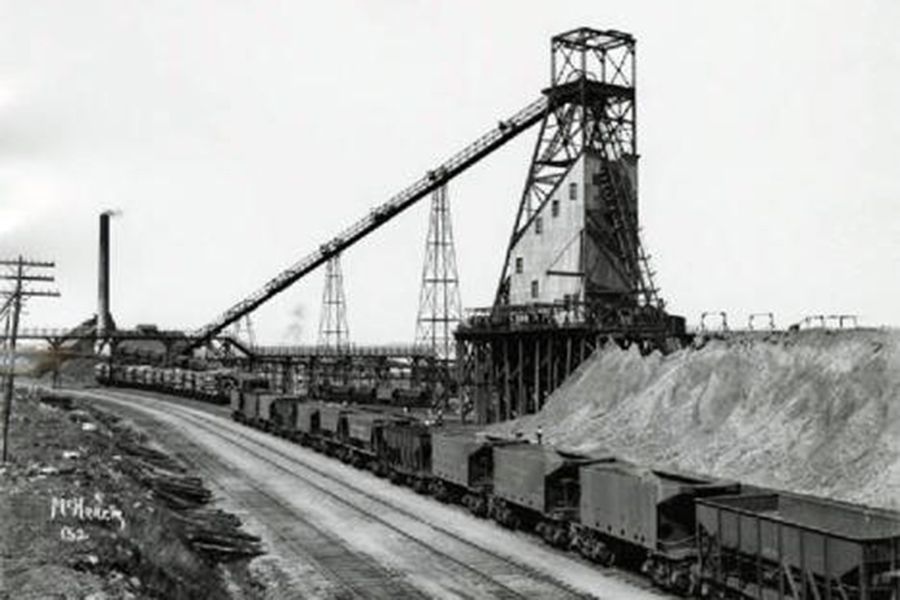
43A. Pioneer Mine B Shaft Marker
The B shaft was installed in 1909 for hoisting ore from the mine to the surface where it was loaded on rail cars and shipped to Two Harbors. The Pioneer Mine operated from 1888 until it closed on April 1, 1967.
Photo courtesy of Ely-Winton Historical Society

43B. Zenith Mine Marker
Zenith Mine began operation in 1892. Ore from this mine was high-grade, hard, red-blue, non-Bessemer ore. No 2 shaft had the structural head frame and was later used as an emergency exit and air intake. No 3 shaft was drilled in 1938 as an air or vent shaft but was later used as a hoisting shaft. The mine ceased operation in 1964.
Photo courtesy of Ely-Winton Historical Society
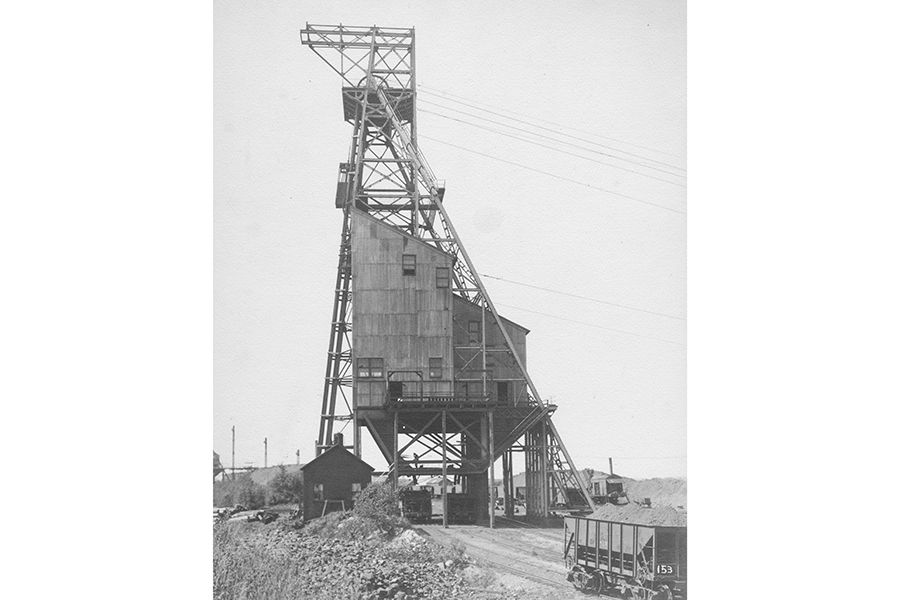
43C. Savoy Mine Marker
The first shipment of iron ore from Savoy Mine was in 1899. The mine operated until 1916. The ore body and shaft were later worked from the adjoining Sibley shaft until 1954 when the Sibley Mine closed.
Photo courtesy of Ely-Winton Historical Society
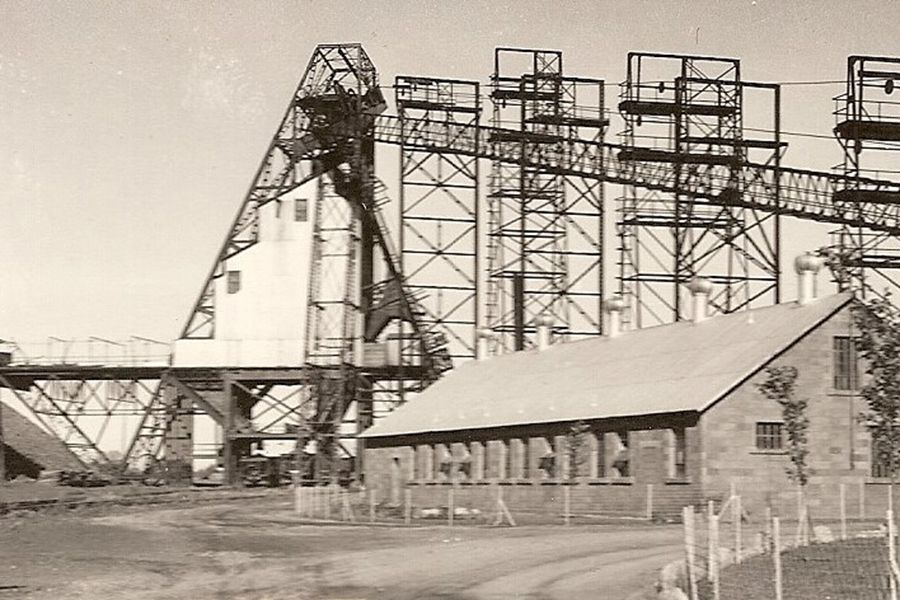
43D. Sibley Mine Marker & Dry Building
The Sibley Mine began shipping ore from No 1 shaft in 1899. No 1 shaft was later abandoned and operations continued in No 2 shaft until 1954. The Sibley Miners Dry House was where miners changed into their personal clothes at the end of a shift. The mine was owned by the Oliver Iron Mining Company.
Photo courtesy of Ely-Winton Historical Society
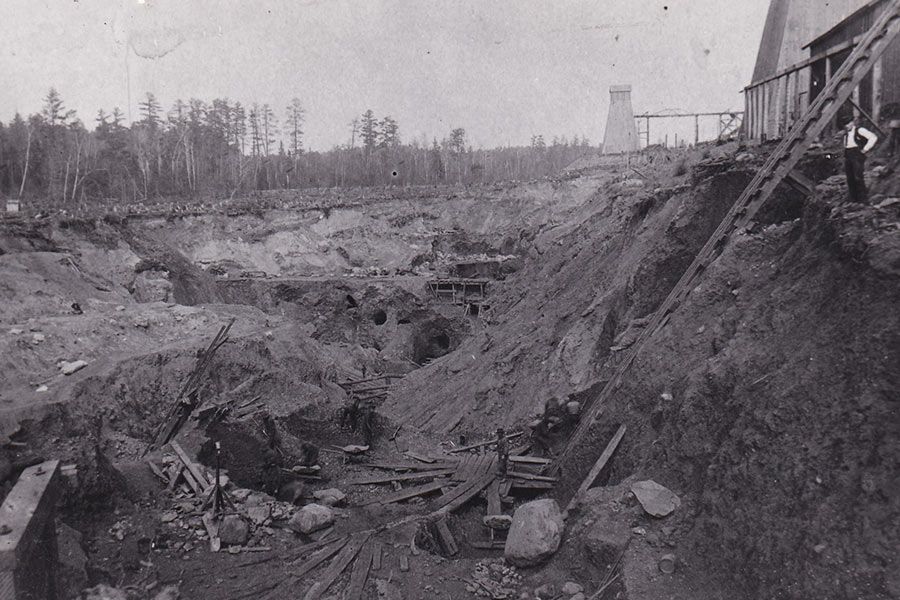
43E. Chandler Mine Marker
Mining at the Chandler site began as an open pit mine where ore was dug by hand and then wheel barrowed to where it was hoisted to the surface. As the ore body dipped, shafts for underground mining replaced open pit mining. Chandler Mine had a total of five shafts during the life of the mine. In 1888, the Duluth and Iron Range Railroad began shipping the ore. Chandler Mine closed in 1942.
Photo courtesy of Ely-Winton Historical Society
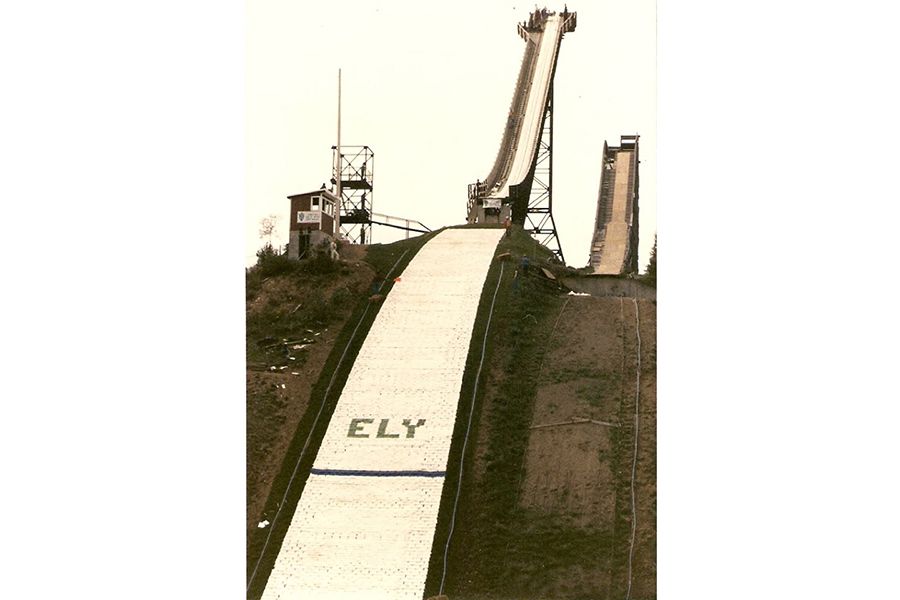
44. Hidden Valley Recreation Area
Once home to ski jumping, Hidden Valley Recreation Area now offers year-round adventure with skate, classic skiing, and mountain bike trails. Ski jumping was popular starting in the 1920s and ended in 2003 when the towers were dismantled and relocated to the Chicago area.
Photo courtesy of the Ski Jumping Hill Archive
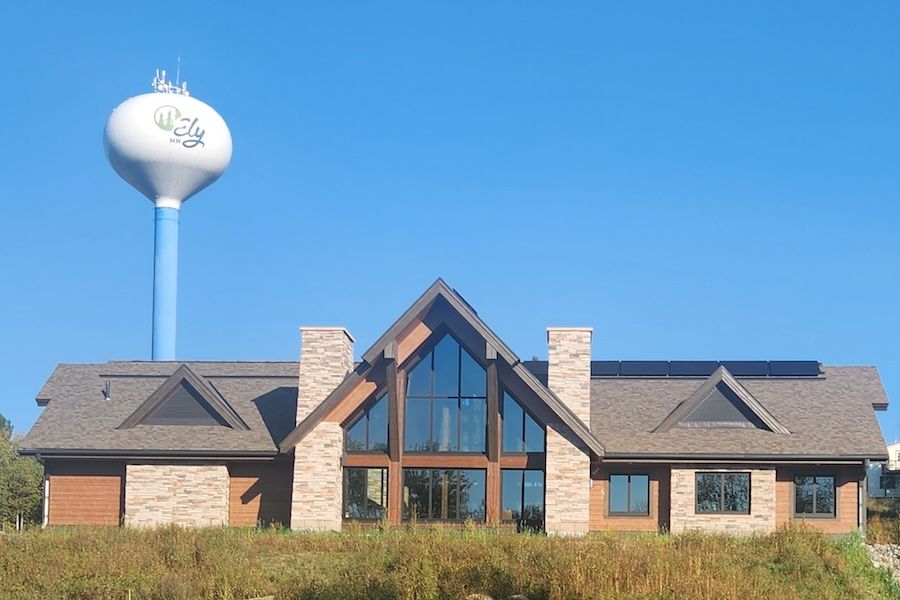
45. Ely Regional Trailhead Building
Located at the west entrance to Ely, the Ely Regional Trailhead Building opened in 2025. The building offers restrooms, information materials, parking, and provides easy access to trails including the Mesabi Trail, Prospectors Loop ATV Trail, and David Dill Taconite Snowmobile Trail. Ely’s Chamber of Commerce has their office in the Trailhead Building.
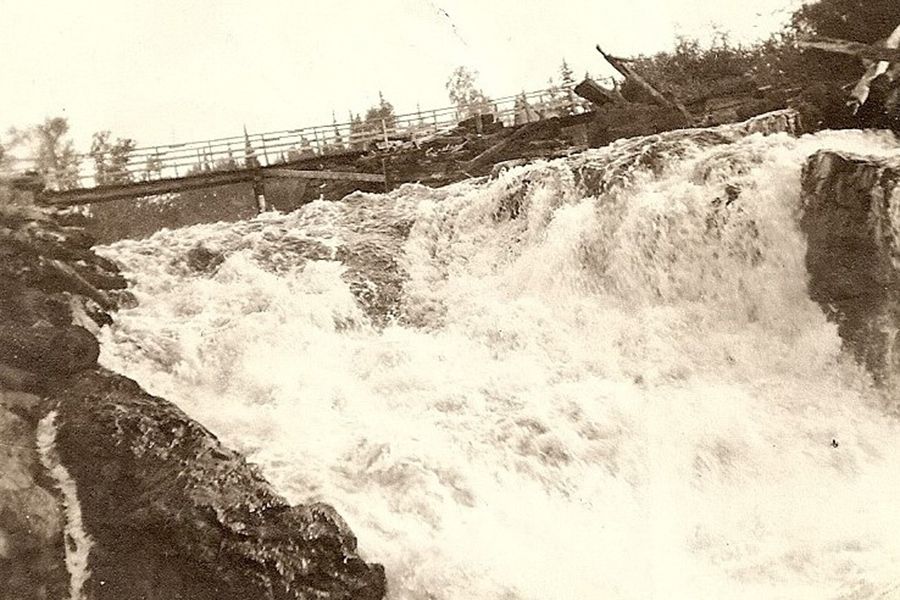
46. Kawishiwi Falls Trail
Kawishiwi Falls Trail is a 1.5-mile round trip hiking trail offering stunning views of Kawishiwi Falls and Fall Lake Hydroelectric Dam.
Photo courtesy of Ely-Winton Historical Society
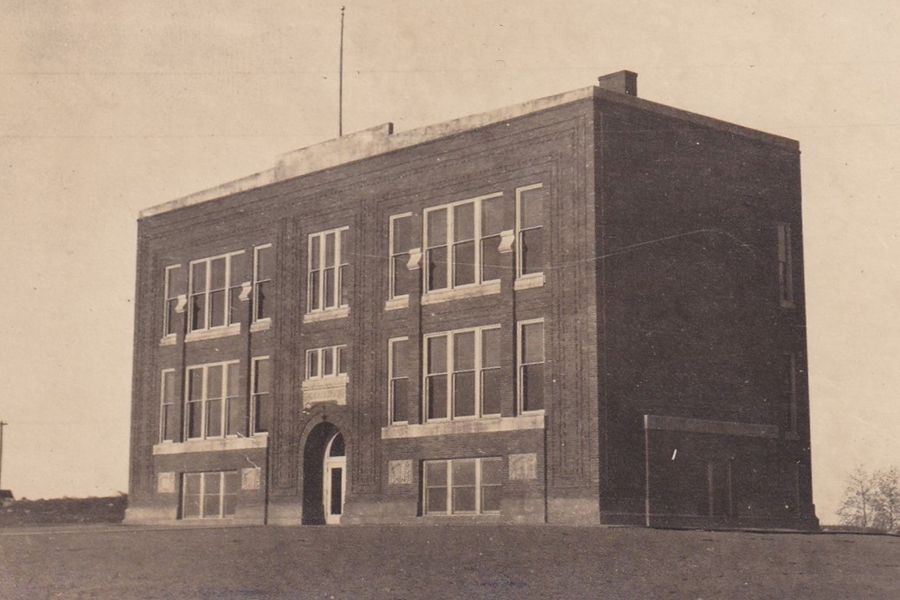
47. Winton Community Building
Winton School opened on this site in 1915 and closed in 1941 when children began to attend school in Ely. The building was converted to a hospital and was later used for apartments. The building was demolished in 1980 after a fire.
A new building – Winton Community Building now is located on the site. The Community Building is used for city council meetings and can be rented for events. Winton was named for Mr. Knox’s son-in-law Billy Winton.
The two major lumber companies in Winton were Swallow & Hopkins Lumber Company and Knox Lumber (later St Croix Lumber & Manufacturing Company). Considered a lumberman’s dream, Winton was surrounded by timber and connected to water via the Shagawa and Kawishiwi rivers and Fall Lake. The water was important for moving the timbers from the forest to the mills and for providing electric power. The lumber mills operated from the 1890s to early in the 1920s when timber became scarce. With loggers and mills workers no longer needed, many houses in Winton were moved to other places, such as Ely, to support the mining industry.
Visual Art at Winton Community Building: In homage to the logging industry, the Lumberjack Statue greets visitors to Winton. Estimated to be 15 feet tall, the Lumberjack stands at the corner of Main St and Hwy 169 as you enter Winton.
Photo courtesy of Ely-Winton Historical Society
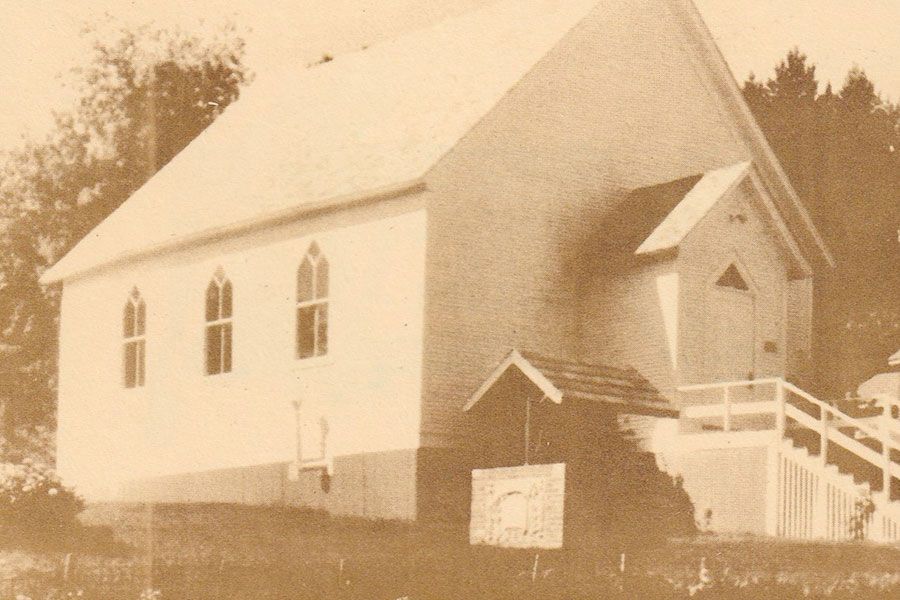
48. Winton Community Church
Winton Church was built in 1902 by St. Croix Lumber Company and Swallow and Hopkins Lumber Company because there were too many taverns and no church according to the women in the community. The Church, commonly known as the ME Church, started out as a Methodist Church, and was used for community events.
In 1956 the Winton Community Club purchased the building. The Club completed repairs, built a kitchen, held bake sales, social events, and Sunday school here. The Garden Club added new steps and annually planted flowers. In June of 1995 the Church was turned over to the Town of Winton and it is now used as the town hall and can be rented for events and meetings. The bell in front of the building came from the school house that was located at the southern entrance to Winton.
Photo and materials courtesy of Ely-Winton Historical Society.
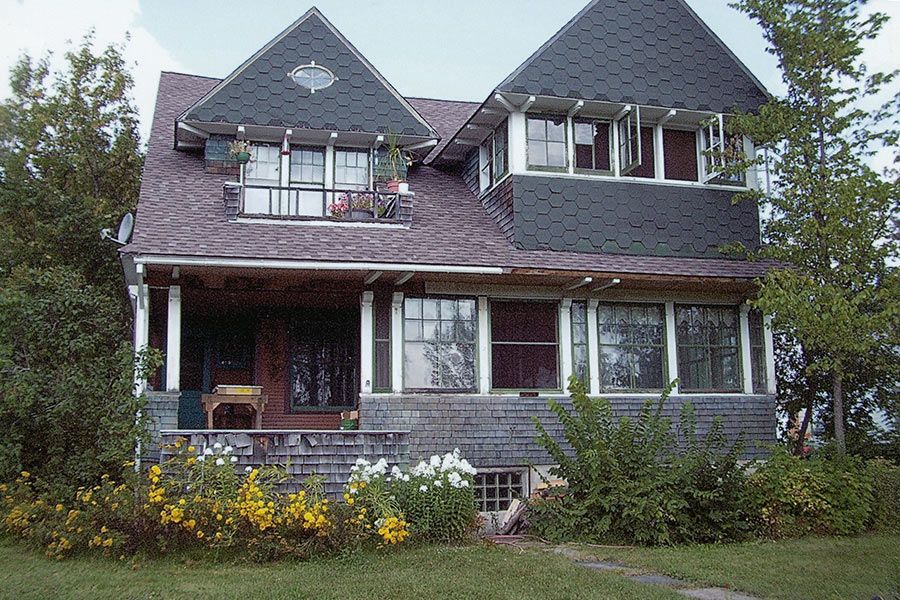
49. Samuel Knox House
Built for Samuel Knox, the Knox House was one of the grandest homes in the area. The house featured large rooms, porches, elaborate cast iron radiators, and works of art imported from Europe. The house was built in the 1890s in the Shingle Style, part of the Craftsman movement. Samuel Knox was Superintendent of the Knox Lumber Company.
Photo courtesy of Ely-Winton Historical Society
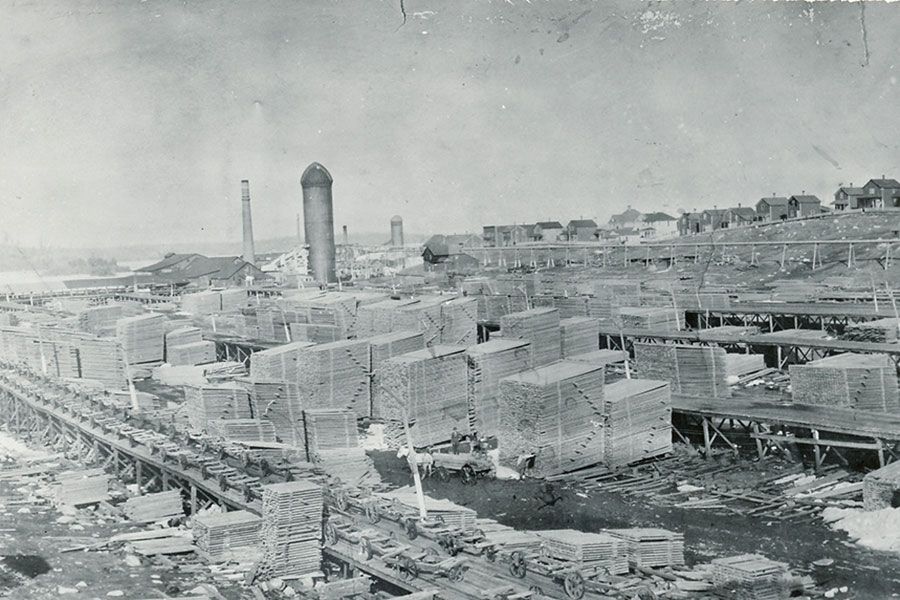
50. St Croix Lumber Site
Knox Lumber Company began operations about 1892 in Winton and sold the business a few years later to the Torinus brothers from Stillwater who renamed it St Croix Lumber Company. The final owner expanded business to include a lumber yard and operated as St Croix Lumber & Manufacturing Company from 1910 to 1923. With lumber in short supply, the company closed in 1923 and the property was dismantled and sold.
Photo courtesy of Ely-Winton Historical Society
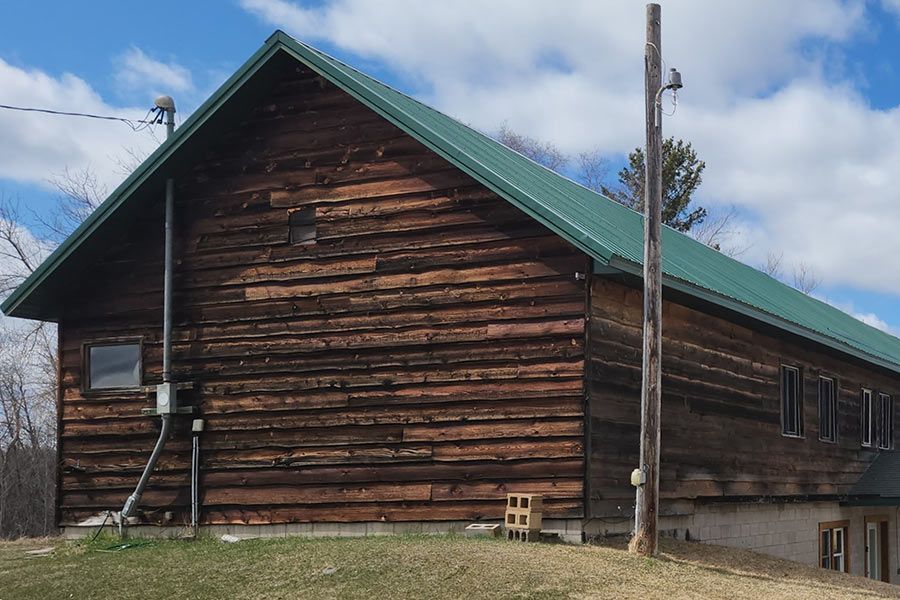
51. Longbranch Events Center
The building was moved from Basswood Lake when the Boundary Waters Canoe Area Wilderness was created. The building is now used as an event space.
Photo courtesy of Ely-Winton Historical Society
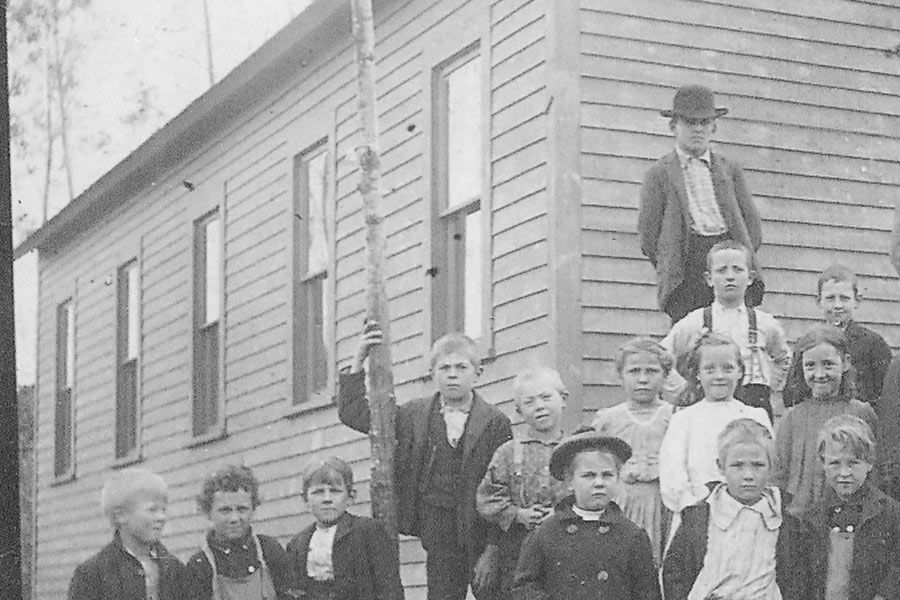
52. Swallow & Hopkins Fall Lake School
Before public schools existed, company schools were the norm for children in a frontier town. Located on the point on Fall Lake, the company school for Swallow & Hopkins Company opened in the 1890s. This school closed about 1915 when the Winton Public School opened. The building is now a private residence.
Swallow & Hopkins opened their mill along the shores of Fall Lake in 1899. Logging was a big part of the mill business, and Swallow & Hopkins operated over fifty logging camps during the winters. At peak production in 1914, Swallow & Hopkins employed 200 workers in the mill and up to 800 workers in logging operations. Swallow & Hopkins closed in 1922 and the property was dismantled for use elsewhere.
Photo courtesy of Ely-Winton Historical Society

53. Zenith Mine Core
To create a shaft for the Zenith Mine, a drill bored through hard greenstone and chert. When the drill was pulled out, it contained a core, a piece of which remains at this site. The core sample is estimated to weigh about 11 tons and was drilled in 1938. The drill used was an invention that could drill a five-foot diameter hole compared to earlier drills that could take samples only inches in diameter.
Information courtesy of Zenith Mine Core Earthcache
Photo courtesy of Ely-Winton Historical Society

54. Oliver Mine Superintendent’s House
Located a block north of the Methodist Church is the house built for the Superintendent of the Oliver Mining Company. Built in about 1890, the spacious house has expensive finishes not seen in the homes of miners. The house now is private property.
As a general note, many houses in Ely are referred to by the name of the original owner. Also, it was common for houses to be moved from their original lot when mining ceased in a location, thus, making it difficult to know all details about a building.
Photo courtesy of Ely-Winton Historical Society
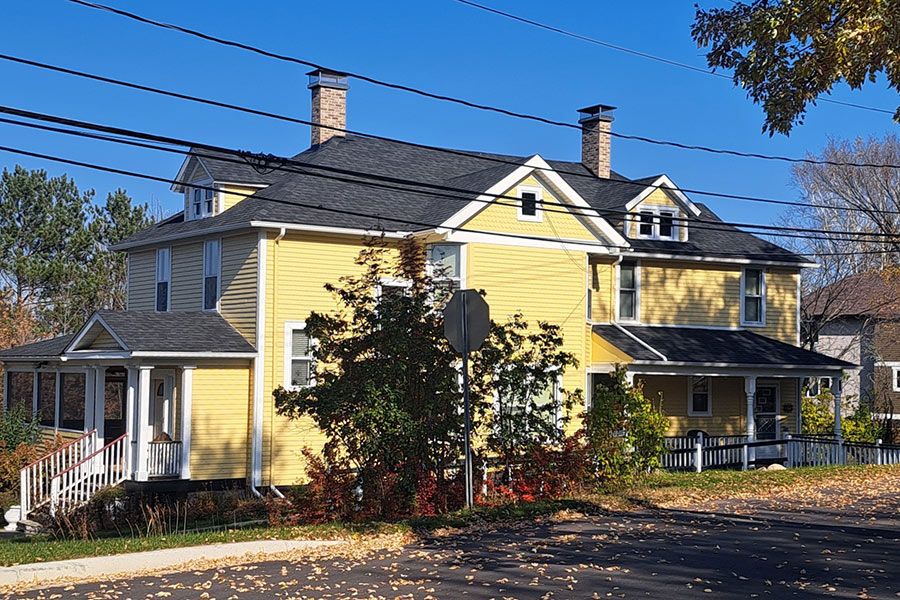
55. Trezona House
The Trezona House sits on a hillside with views of all of Ely’s mines. The house was built for Captain Charles Trezona, a person of great influence on the Iron Range. He was General Superintendent of several Range mines including the Pioneer Mine in Ely. Trezona was active in civic affairs, serving on the city council and was elected mayor in 1913 and 1930. Born in Cornwall England in 1863, Trezona died in 1931 and is buried at the Ely Cemetery. The house now is private property.
Photo courtesy of Ely-Winton Historical Society
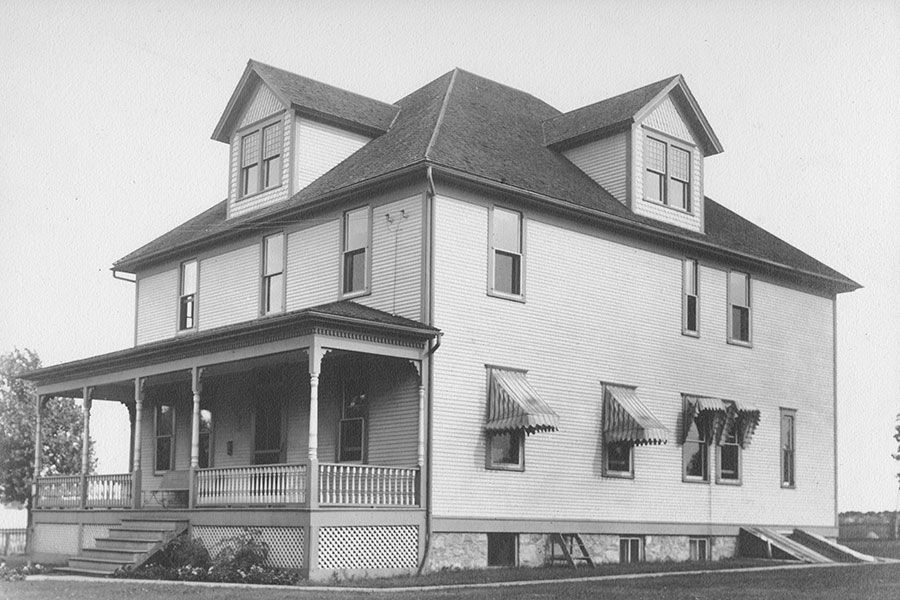
56. Pay Master Station House
The Pay Master Station House was once the headquarters for mine business activities. A large building, it contained offices, record storage, and multiple vaults. The front of the building has been modified for residential use. The house now is a private residence.
Photo courtesy of Ely-Winton Historical Society
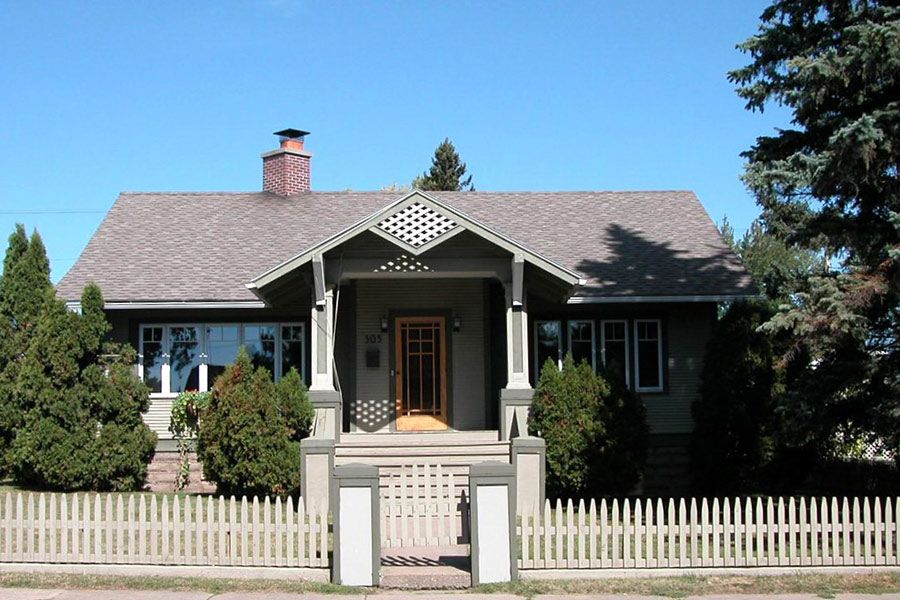
57. Skala House
In springtime, children visited the Skala home to see the yard filled with crocuses, apparently a sight to behold! The house sits on a corner lot and has many fine features including an interesting fireplace and the woodwork is Southern Yellow Pine in the American classic design. The house appears to be a California style home, like the nearby Pete House. Owners Jake and Anna Barich Skala were both from the Ely area. The house is now a private residence.
Photo courtesy of Ely-Winton Historical Society
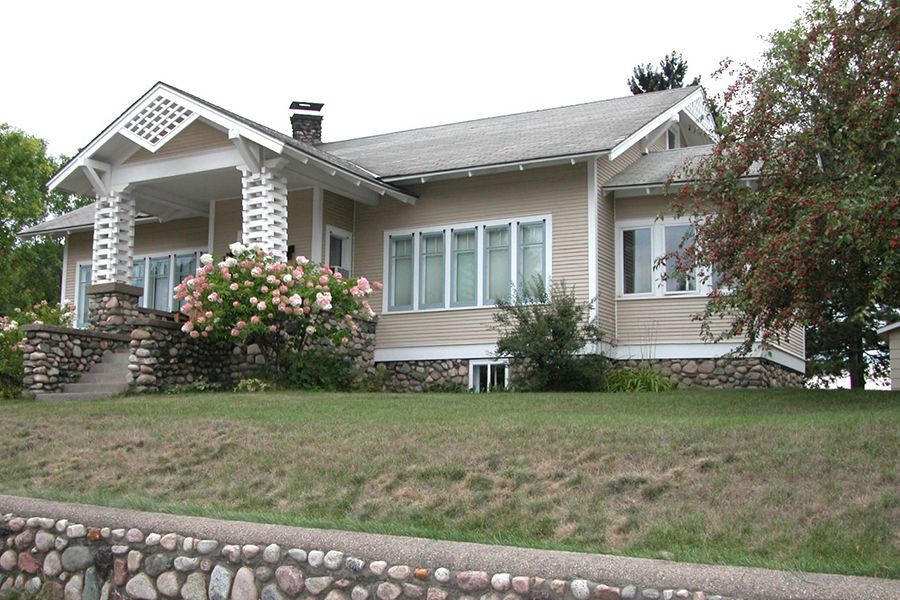
58. Pete House
Jacob Pete’s house started its life as a hospital in Section 30 which is just east of Winton. The house was sawn in half for the move to Ely. An example of the California bungalow style, the house is thought to be a pre-cut home manufactured by either Sears or the Aladdin Company. Born in the area in 1896, Pete was a World War I veteran, local business owner, and elected official. Pete died in 1988 and is buried at the Ely Cemetery. The house is now a private residence.
Photo courtesy of Ely-Winton Historical Society
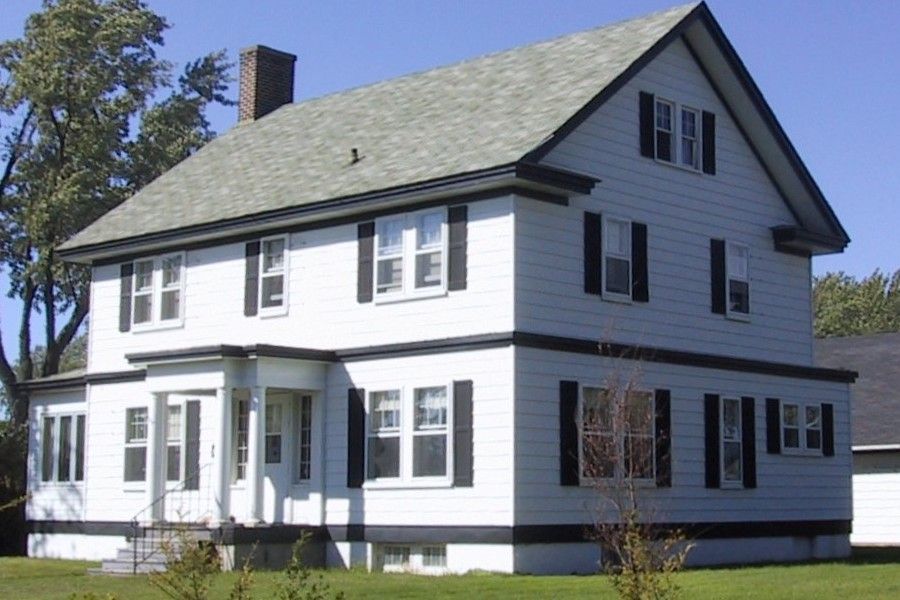
59. Zenith Mine Superintendent’s House
Built in the 1920s as the Zenith Mine Superintendent’s home, this house sits on a large lot across the street from the school campus. Ben and Jessie Richards were long-time residents of the house. The Richards lived here while Ben worked for the Zenith Mine and then purchased the house in the 1960s when the mine closed. According to an oral history transcript, Ben loved working in the underground mine.
Photo courtesy of Ely-Winton Historical Society
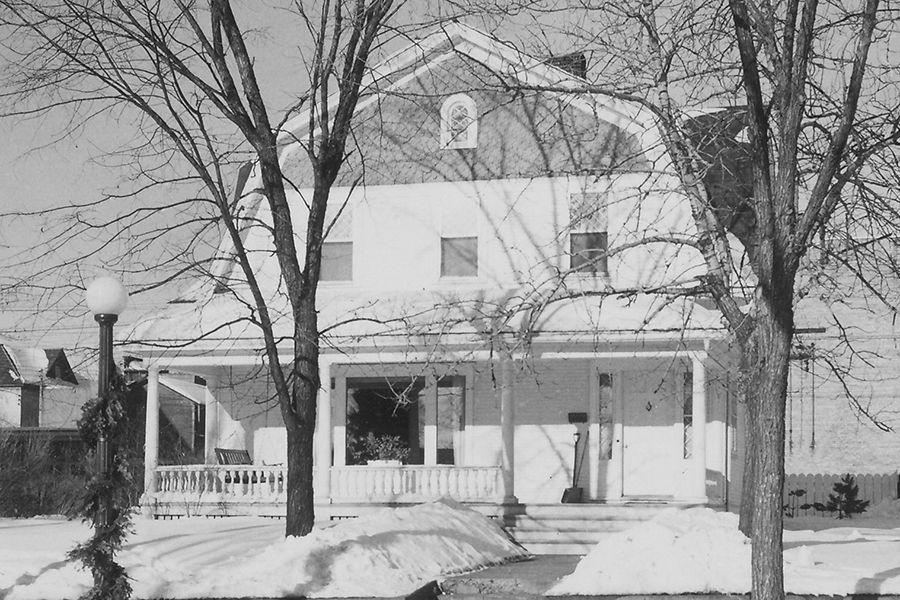
60. Fenske House
The Fenske House on Chapman St is one of the oldest and finest homes in Ely. The house was built by August J. Fenske in the early 189Os for his bride Ella Wilson Fenske. Both August and Ella were accomplished residents; August owned a hardware and furniture business and was active on local boards, and Ella was an early school teacher in Ely. Born in Michigan in the 1860s, August died in 1934 and is buried at the Ely Cemetery. Ella died in 1912 and is buried at the Ely Cemetery. The house is now a private residence.
Photo courtesy of Ely-Winton Historical Society
